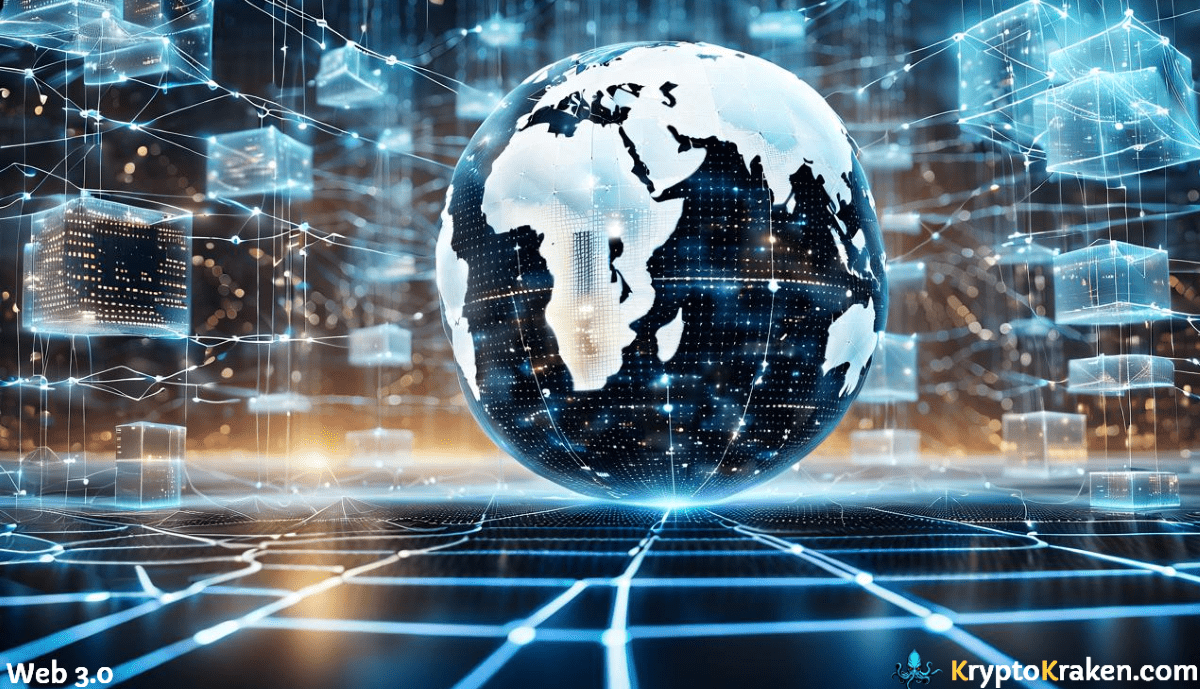
- September 2, 2023
- Dennis Frank
- 3
Web 3.0 and Artificial Intelligence are revolutionizing the digital landscape.
Their integration is allowing for a new stage of internet capabilities, leading to substantial improvements in user experience, safety protocols and data protection.
This powerful combination of Web 3.0 and AI technology promises to deliver personalized content that aligns with individual preferences while maintaining control over personal data.
No longer will users have to compromise their privacy for tailored experiences or worry about potential online threats; these technologies aim to address such concerns effectively.
Table Of Contents:
- The Emergence of Web 3.0
- Internet of Things (IoT) & Decentralized Networks in Web 3.0
- Empowering Users through Interoperability & Connectivity in Web 3.0
- Security Measures and Privacy Concerns Addressed by Web 3.0
- Security Measures & Privacy Concerns Addressed by Web 3.0
- AI-Powered Personilization: Revolutionizing User Experience
- AI-Powered Personalization: Revolutionizing User Experience
- Web 3.0 and Artificial Intelligence: The Future of Tech
- Conclusion
The Emergence of Web 3.0
Web 3.0, or the semantic web, is a significant step forward in our relationship with digital services and online content. It’s an evolution from its predecessors – Web 1.0, primarily read-only, and Web 2.0, characterized by user-generated content on social networks.
Understanding the concept of Web 3.0 and Artificial Intelligence
Differentiating itself from previous versions, Web 3 is designed around machine-readable information enabling meaningful data analysis and interactions between internet users and digital assets across decentralized data networks.
This iteration of the world wide web enables machines to comprehend complex decision-making processes through techniques like linguistic analysis or text generation within natural language processing (NLP).
Beyond this comprehension capability, it utilizes AI-driven data analysis using deep learning algorithms that mimic human learning patterns for far-reaching implications such as creating personalized experiences based on user-specific characteristics. Further reading about Web 3.o can be found in this article: What is Web 3.o and What Does it Mean
How AI is shaping Web 3
AI’s role has been instrumental in molding this new era of Internet usage.
It employs advanced technologies including reinforcement learning & genetic algorithms, which are key features to enable unique web addresses to generate responses akin to human languages within search engines or news articles.
In addition, this technology empowers companies with powerful tools like smart contracts, allowing businesses to automate their operations while ensuring transparency across all transactions conducted via blockchain technology. To understand more about smart contracts read What is a Smart Contract?
Internet of Things (IoT) & Decentralized Networks in Web 3.0
The next generation internet, or Web 3.0, is not just a theoretical concept anymore – it’s becoming our reality. The Internet of Things (IoT), alongside decentralized networks, plays crucial roles in this evolution.
Role of IoT in Enhancing Internet Capabilities
Billion of physical devices around the world now connected to the web, exchanging and transmitting data, are part of what is known as IoT. With its capacity for enabling seamless data exchange between objects and systems, IoT plays a significant role within Web 3.0 infrastructure. There is more information about this technology in this article with a section about The Internet of Things (IoT)
Navigating through Logistics with Blockchain-Based IoT
An industry like logistics benefits greatly as tracking goods’ movement becomes more efficient due to secure transactions among connected devices enabled by such integration.
Beyond Traditional Centralization: The Importance of Decentralized Networks in Web 3.0
Apart from conventional centralized networks managed by single entities such as social media platforms or internet giants, decentralized networks distribute control across multiple nodes or users within these digital landscapes. This has profound implications on how we view security measures online since there isn’t any central point vulnerable to cyber attacks, thus ensuring enhanced protection against potential threats.
Ethereum’s Vision for Web 3.0 highlights decentralization at its core, transforming the way users interact directly via smart contracts upon open-source software without intermediaries like banks or payment processors. This paves the path towards revolutionizing future digital services.
Empowering Users through Interoperability & Connectivity in Web 3.0
User empowerment in Web 3.0 is largely enabled through interoperability and connectivity, enabling seamless data exchange across platforms for an enhanced experience.
Leveraging Interoperability to Enhance User Experience
Interoperability is a standout characteristic of Web 3.0 that boosts the internet experience by allowing for effortless data transmission across multiple systems.
This new level of interoperability, facilitated by unique web addresses provided by blockchain technology, empowers users with greater control over their digital assets such as social media posts or news articles on decentralized networks.
Analyzing Data using AI-Driven Tools
In addition to facilitating communication between different systems, these advanced features enable meaningful data analysis powered by machine learning algorithms, which can analyze user-specific characteristics from shared content.
Promoting Active Participation via Enhanced Connectivity
Beyond simply consuming content generated elsewhere, users are now empowered to create and share their own contributions within open-source software platforms like blogs or social networks – thereby becoming active participants rather than passive consumers in this evolving digital landscape. Moreover, this increased connectivity promotes participation and collaboration among global internet users while contributing towards building more vibrant online communities.
Machines Participating In Decision-Making Processes
Apart from human interactions, smart contracts empower machines to interact autonomously based on learned patterns derived from complex decision-making processes within decentralized applications. This integration further enriches the interactive capabilities offered under Web 3.0 environment.
.png)
Security Measures & Privacy Concerns Addressed by Web 3.0
The emergence of Web 3.0 has revolutionized the digital landscape, particularly in terms of addressing security measures and privacy concerns.
Leveraging Blockchain Technology for Robust Security
In an era where data breaches are rampant, blockchain technology emerges as a beacon of hope to fortify online security. The decentralized nature inherent in blockchain systems safeguards data integrity against unauthorized alterations once it’s incorporated into the chain.
Beyond merely protecting information from cyber threats, smart contracts facilitate automated agreement execution sans intermediaries – drastically reducing fraud potential while bolstering trustworthiness on internet platforms.
Tackling Privacy Issues through Smart Contracts and Unique Web Addresses
Moving beyond mere cybersecurity enhancements, web 3.0 takes strides towards addressing rising privacy issues via its innovative features such as unique web addresses provided by blockchain technology and smart contracts.
Smart contracts, essentially self-executing agreements coded directly within a decentralized network, offer transparency whilst safeguarding user identity from unnecessary exposure – striking a balance between openness and discretion that is much needed today.
- Giving individuals greater control over their personal data marks one significant departure from traditional internet models dominated by Internet giants known for misusing or selling user-specific characteristics without explicit consent.
- The amalgamation of these enhanced security protocols along with improved measures to tackle growing privacy concerns makes Web 3.0 an ideal platform suited to our increasingly digitized world.
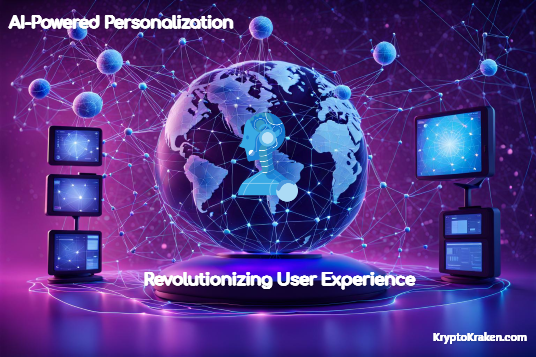
AI-Powered Personalization: Revolutionizing User Experience
The intersection of artificial intelligence and Web 3.0 is creating a paradigm shift in the digital landscape, particularly with regards to personalization. This fusion empowers AI-driven data analysis to deliver unique web experiences tailored for each user.
Artificial Intelligence: Crafting Tailored Experiences
Mimicking human learning through deep learning and reinforcement learning techniques, artificial intelligence has emerged as an essential tool for crafting personalized experiences on the internet. Over time, these technologies can understand individual preferences by analyzing user-specific characteristics and learned patterns.
This understanding allows them to generate natural language responses based on users’ interests or needs. For instance, IBM’s Watson Assistant uses advanced natural language processing capabilities, offering highly personalized interactions with its users.
Data Analysis Through Machine Learning Algorithms
A standout feature of Artificial Intelligence lies within its ability to process vast amounts of data quickly while maintaining high accuracy levels – an invaluable asset considering the exponential growth rate of user-generated content across social networks and online platforms alike.
In addition to enabling meaningful large-scale data analysis, machine-learning algorithms also assist in generating insights from complex datasets. These insights are then utilized by search engines or social media platforms like Google’s Embedding Projector. It visualizes high-dimensional data structures, which aids better decision-making processes leading towards improved recommendations based on behavioral patterns identified among their respective audience base.
Web 3.0 and Artificial Intelligence: The Future of Tech
Dive into the transformative power of Web 3.0 and Artificial Intelligence in shaping our digital future, from secure transactions to user empowerment.
Web 3.0’s Transformative Impact on the Healthcare Sector
The emergence of Web 3.0 has created a surge in invention across different industries, with healthcare being no exception.
Revolutionizing Personalized Medicine Strategies with Web 3.0
Incorporating user-specific characteristics into treatment plans has been made possible by harnessing the power of artificial intelligence and genetic algorithms in personalized medicine strategies.
Web 3.0 technologies have significantly enhanced patient outcomes, while simultaneously reducing unnecessary medical procedures, leading to substantial cost savings within the healthcare industry.
Making Patient Care More Efficient With Decentralized Applications
Apart from personalization, decentralized applications play an integral role in streamlining patient care processes using smart contracts on blockchain technology platforms like Ethereum.
Thereby eliminating manual interventions which makes data management more efficient.
Natural Language Processing (NLP) & AI-Generated Content for Improved Communication
Natural language processing combined with AI-generated content can greatly enhance communication between patients and providers by translating complex medical terms into simpler language that everyone can understand.
Data Security & Privacy: A Top Priority
To safeguard sensitive health records against unauthorized access while maintaining privacy standards as mandated by laws such as HIPAA (Health Insurance Portability And Accountability Act), unique web addresses provided by Web protocols are used extensively.
Conclusion
These technologies are enhancing user experiences with personalized, context-aware interactions.
We’ve seen how IoT and decentralized networks play pivotal roles in secure transactions and tamper-proof systems.
User empowerment is at the forefront, with interoperability, connectivity, and collaborative decision-making all coming into play.
Web 3.0 addresses security measures effectively while keeping privacy concerns in check through smart contracts.
A nod to AI for enabling personalization capabilities that cater to individual preferences by analyzing large volumes of data efficiently.
In conclusion,
To sum up, the combination of Web 3.0 and Artificial Intelligence presents an enticing prospect for both novices and seasoned experts to explore the captivating realm of blockchain technology empowered by these cutting-edge advancements. If you would like to know more about see the 10 Things You Need to Know About Web 3.0
Join us on our journey as we explore more about these transformative technologies shaping our future!
Lorem ipsum dolor sit amet, consectetur adipiscing elit. Ut elit tellus, luctus nec ullamcorper mattis, pulvinar dapibus leo.



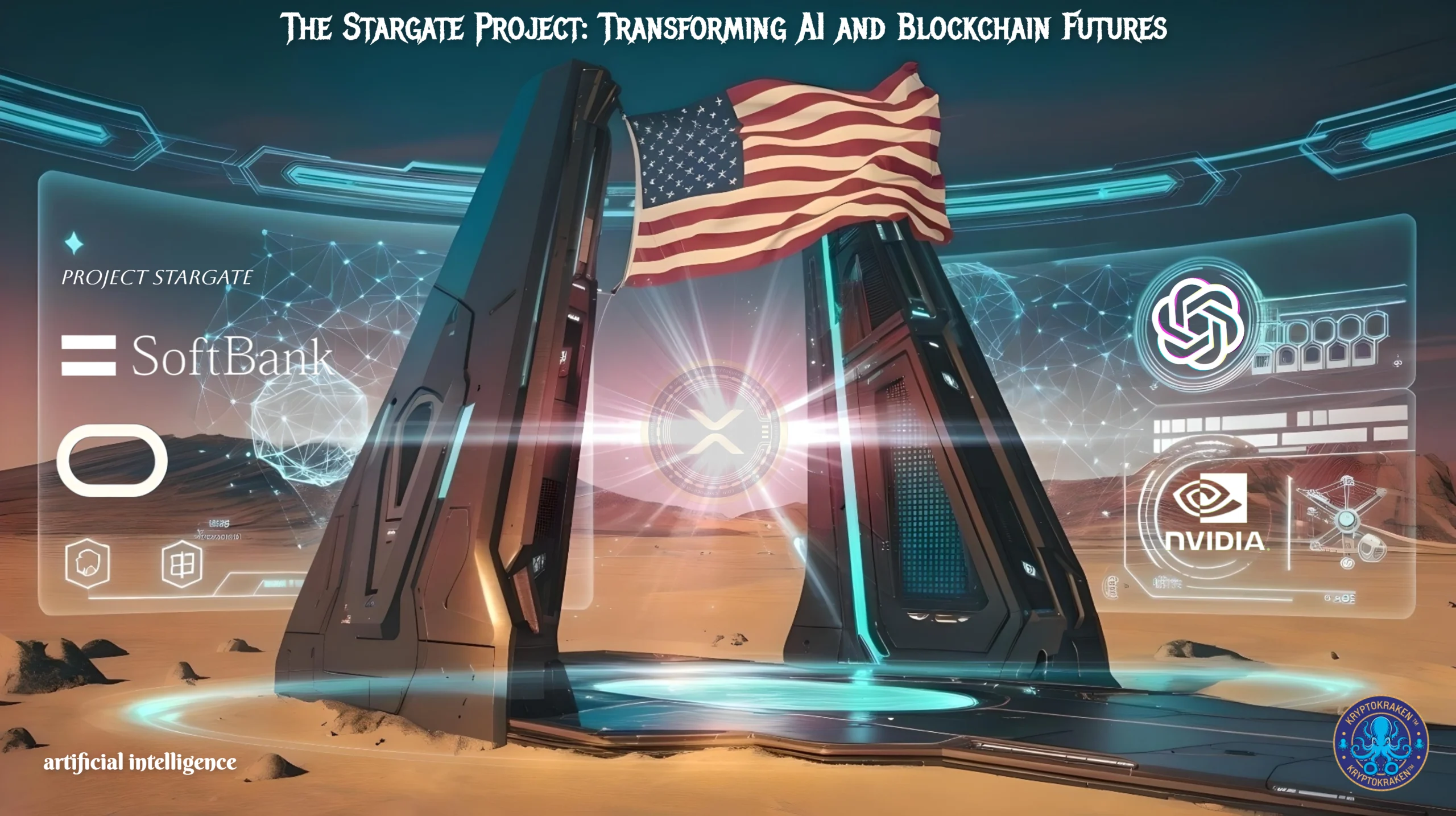
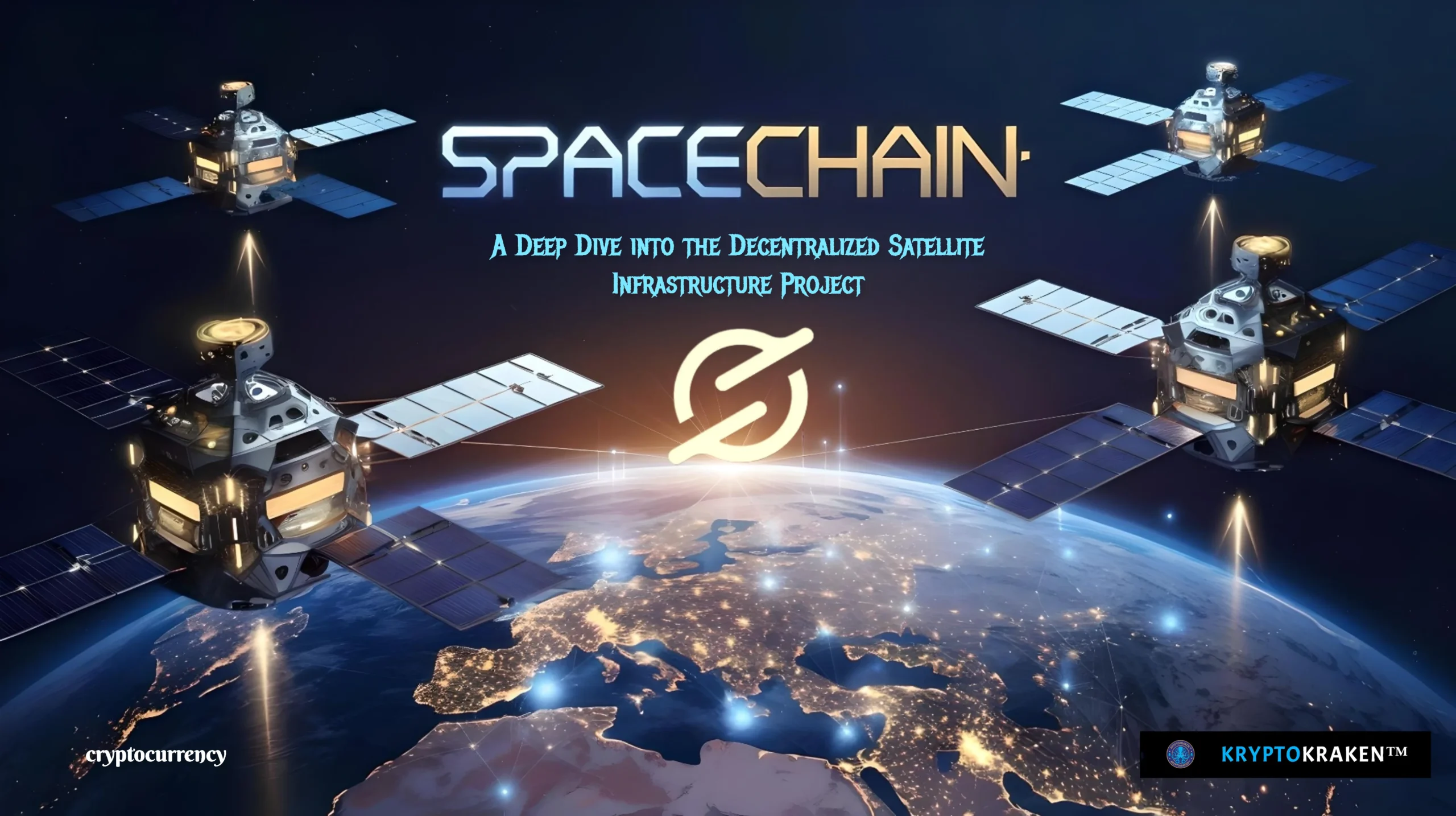


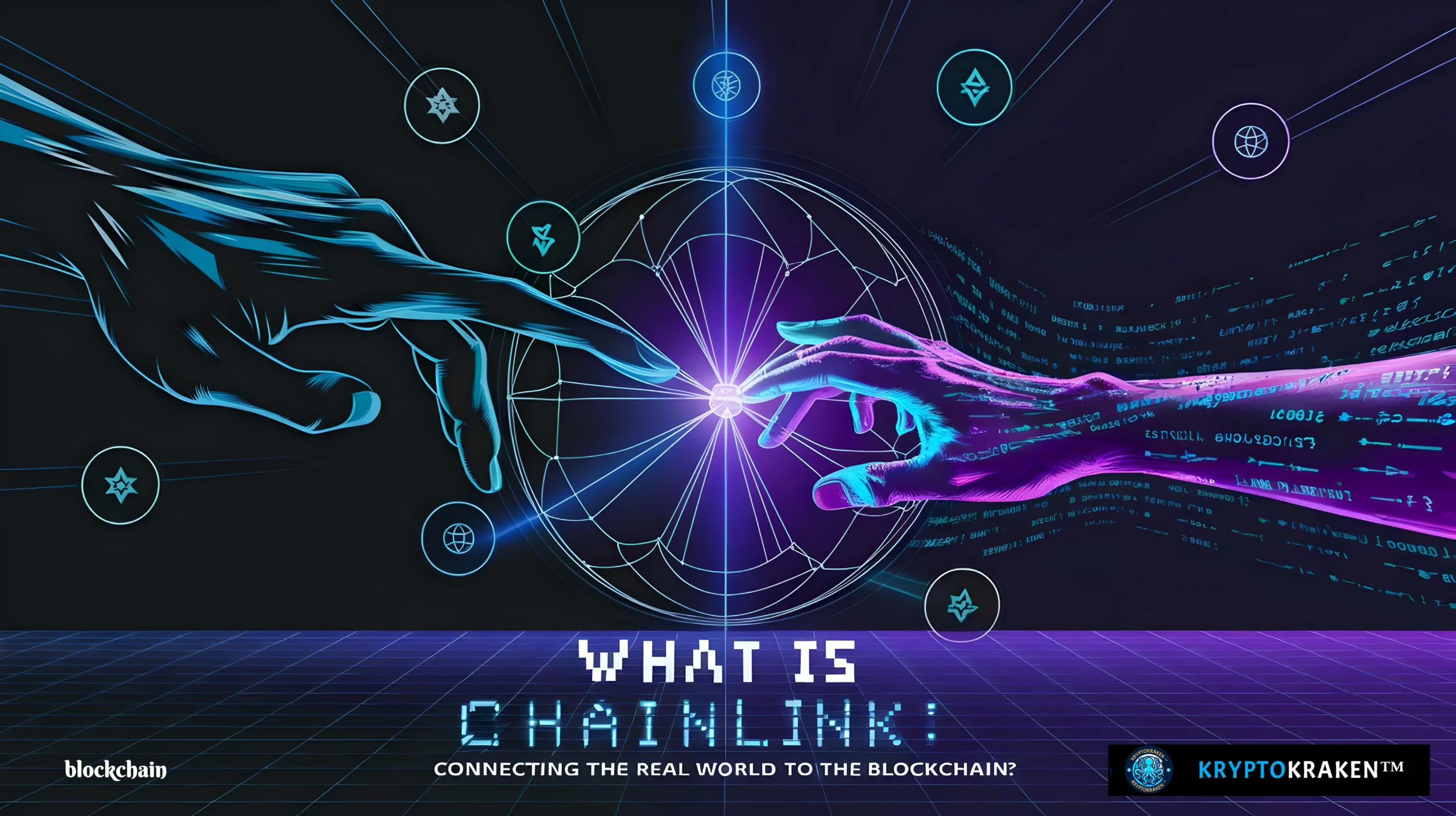
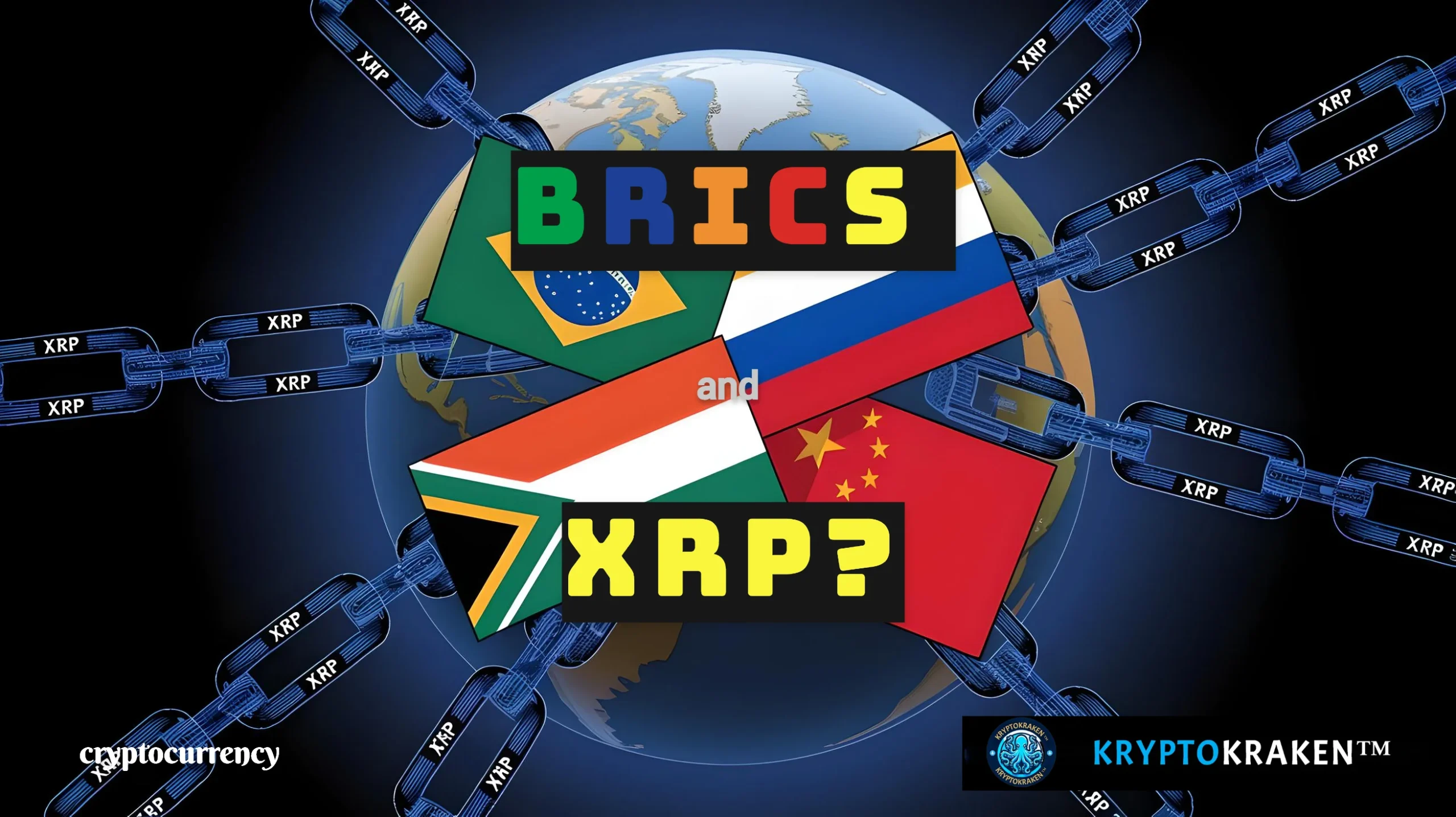

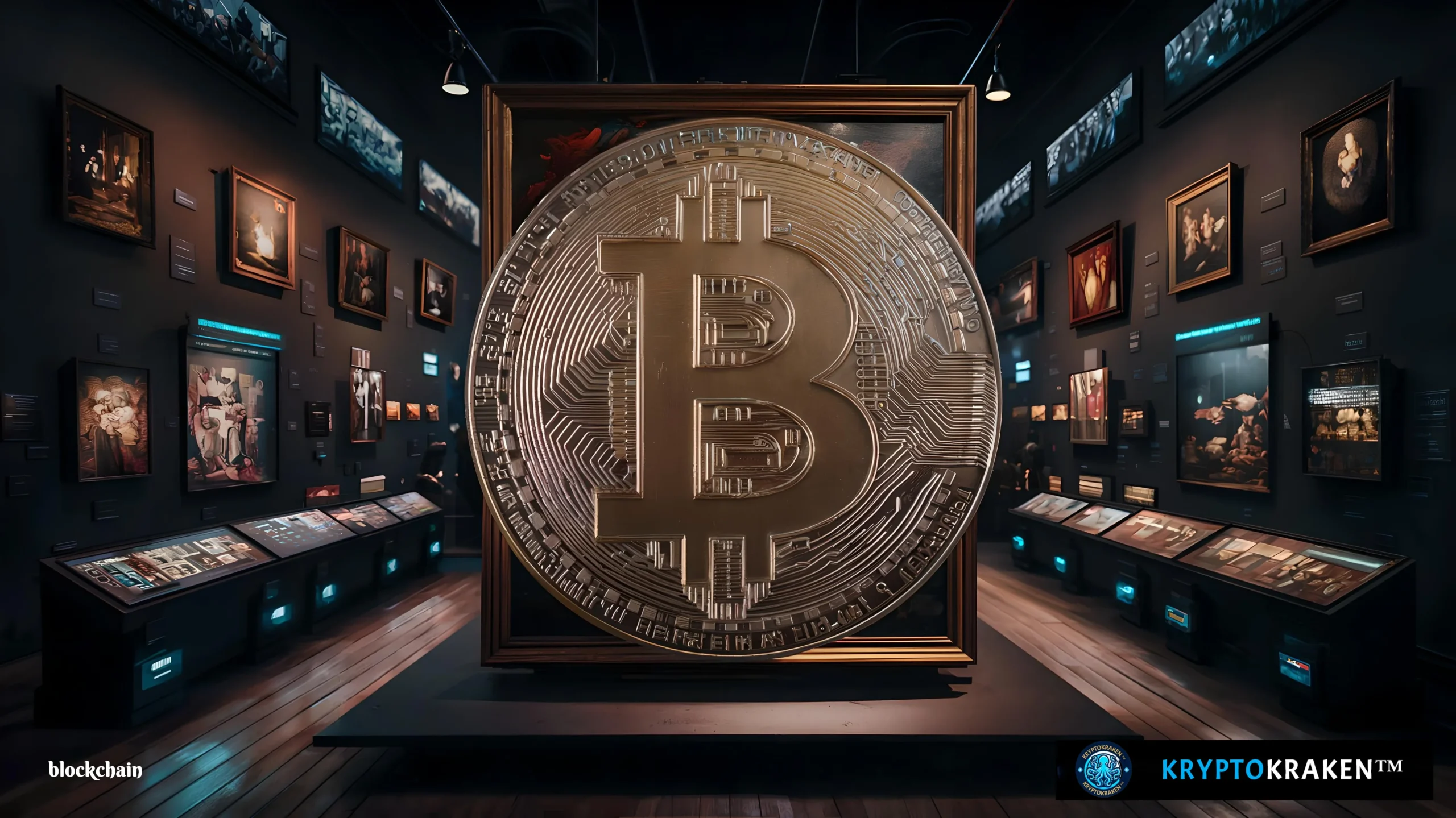



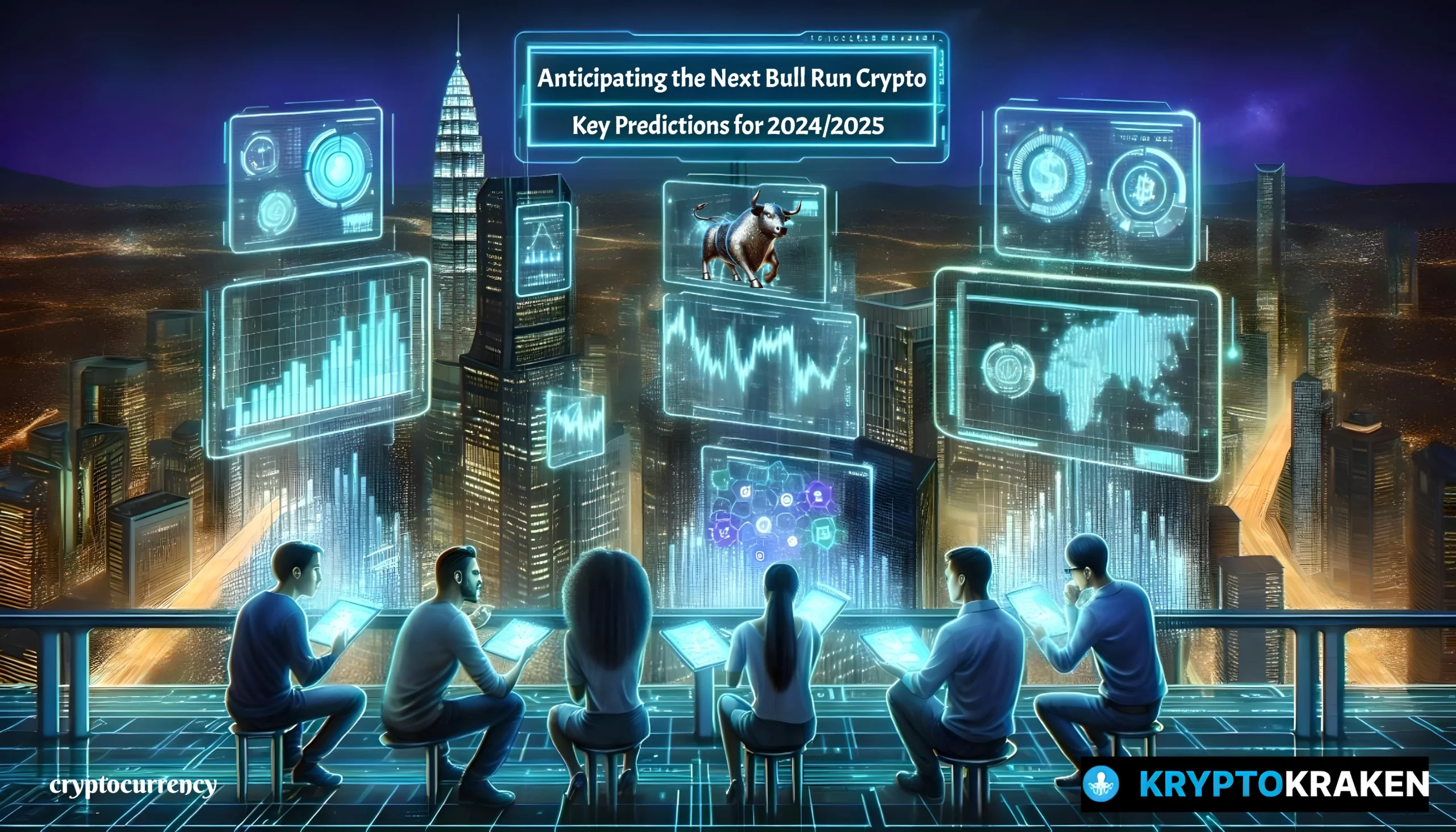
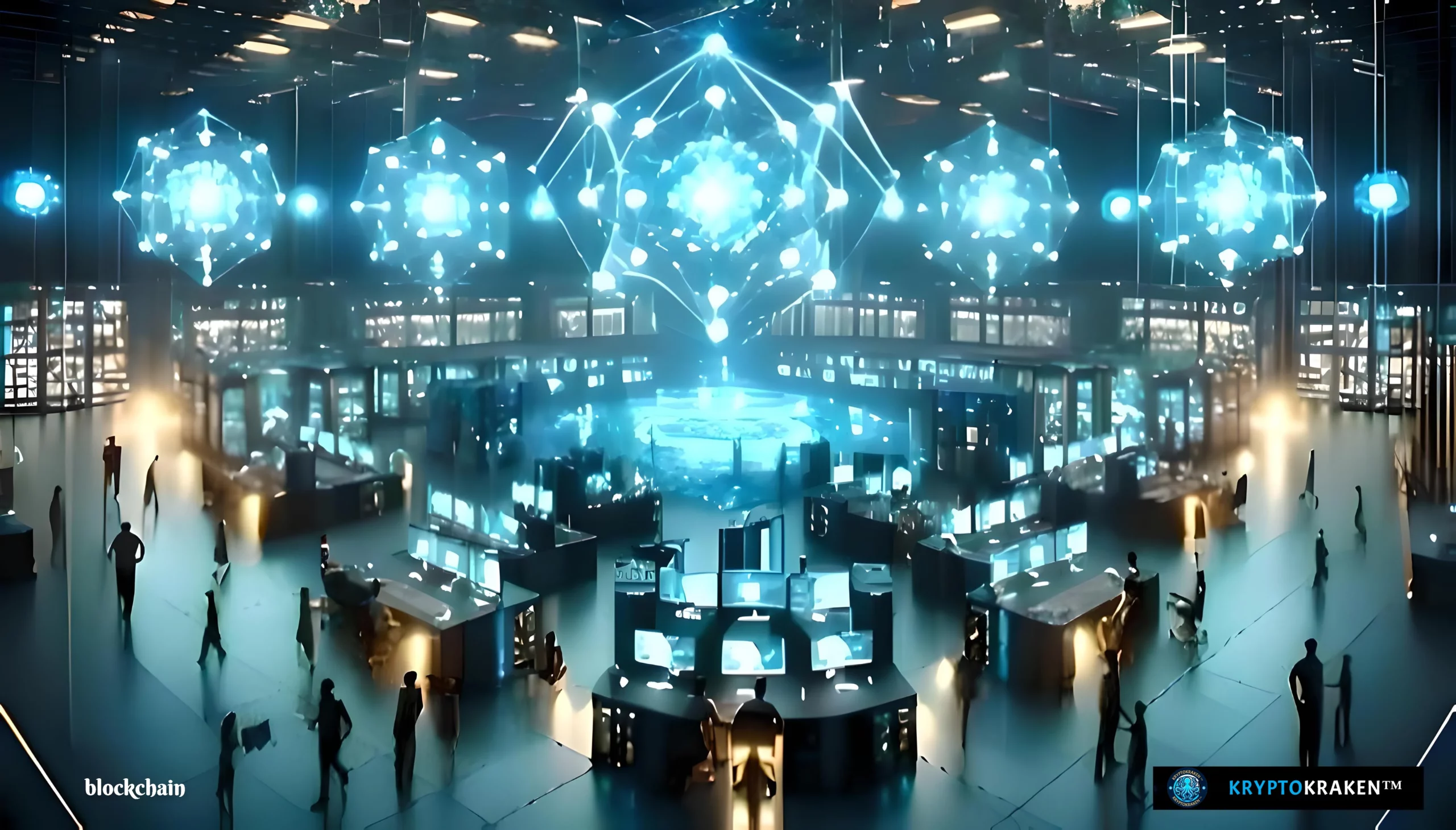


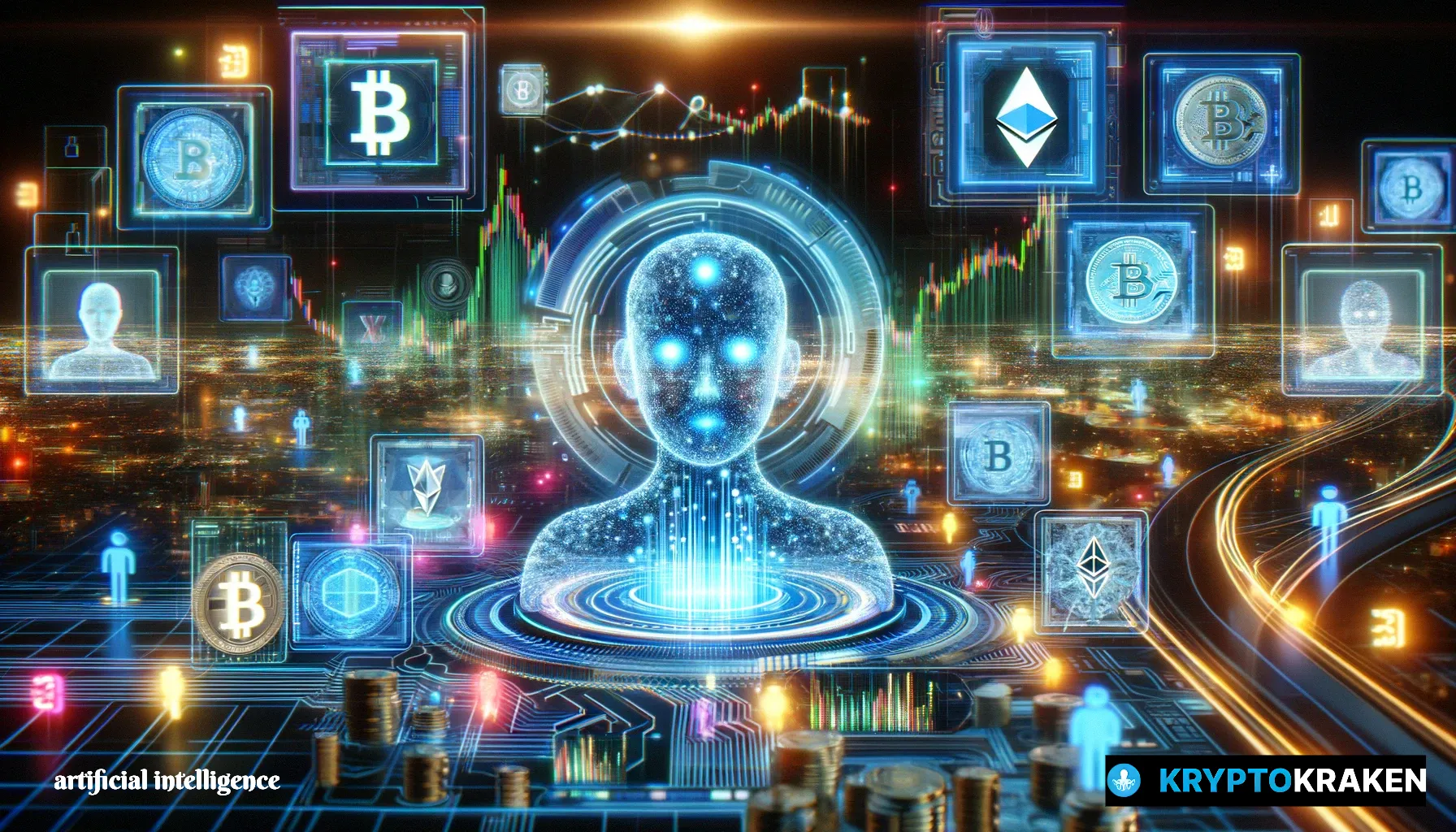
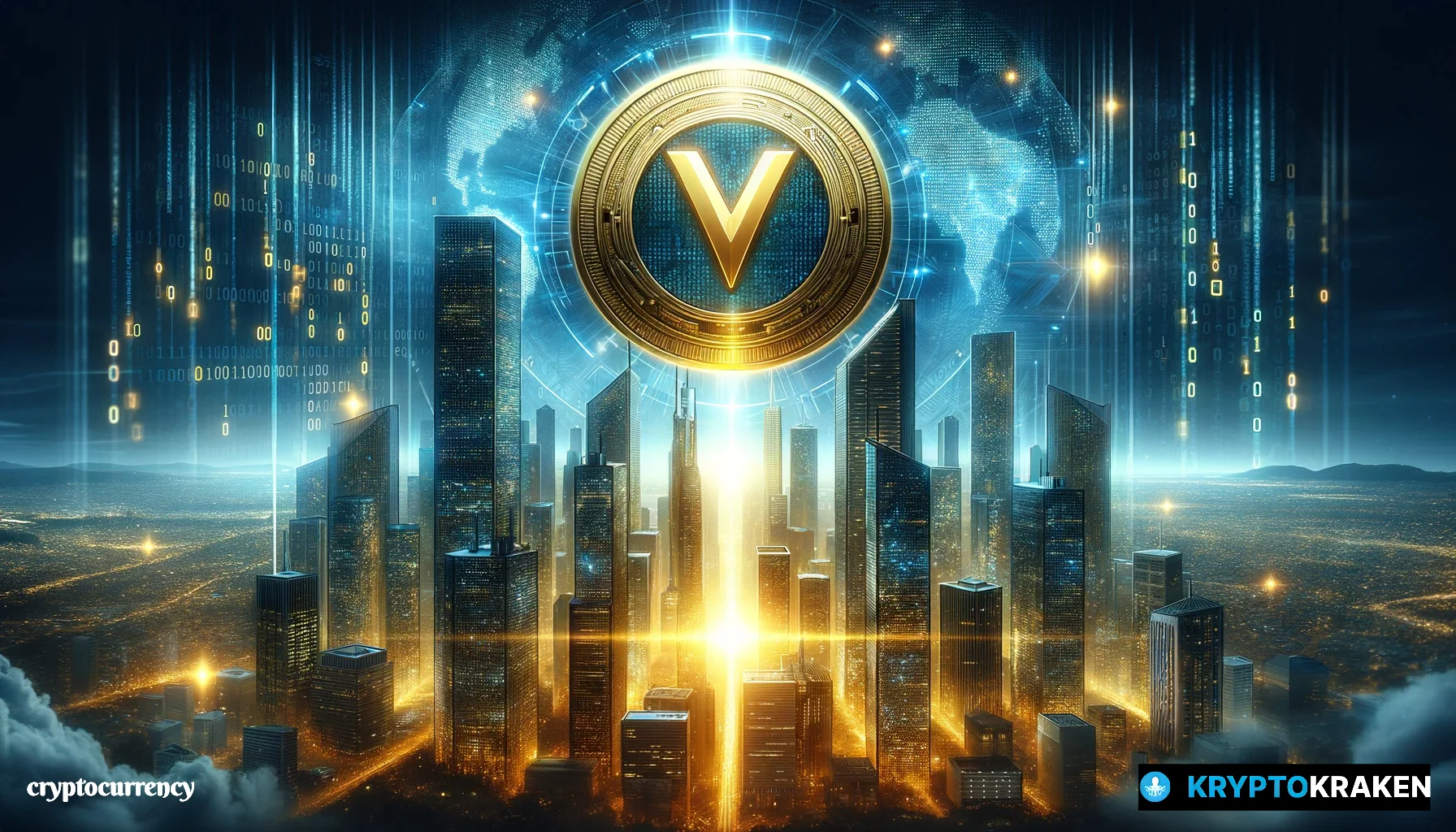
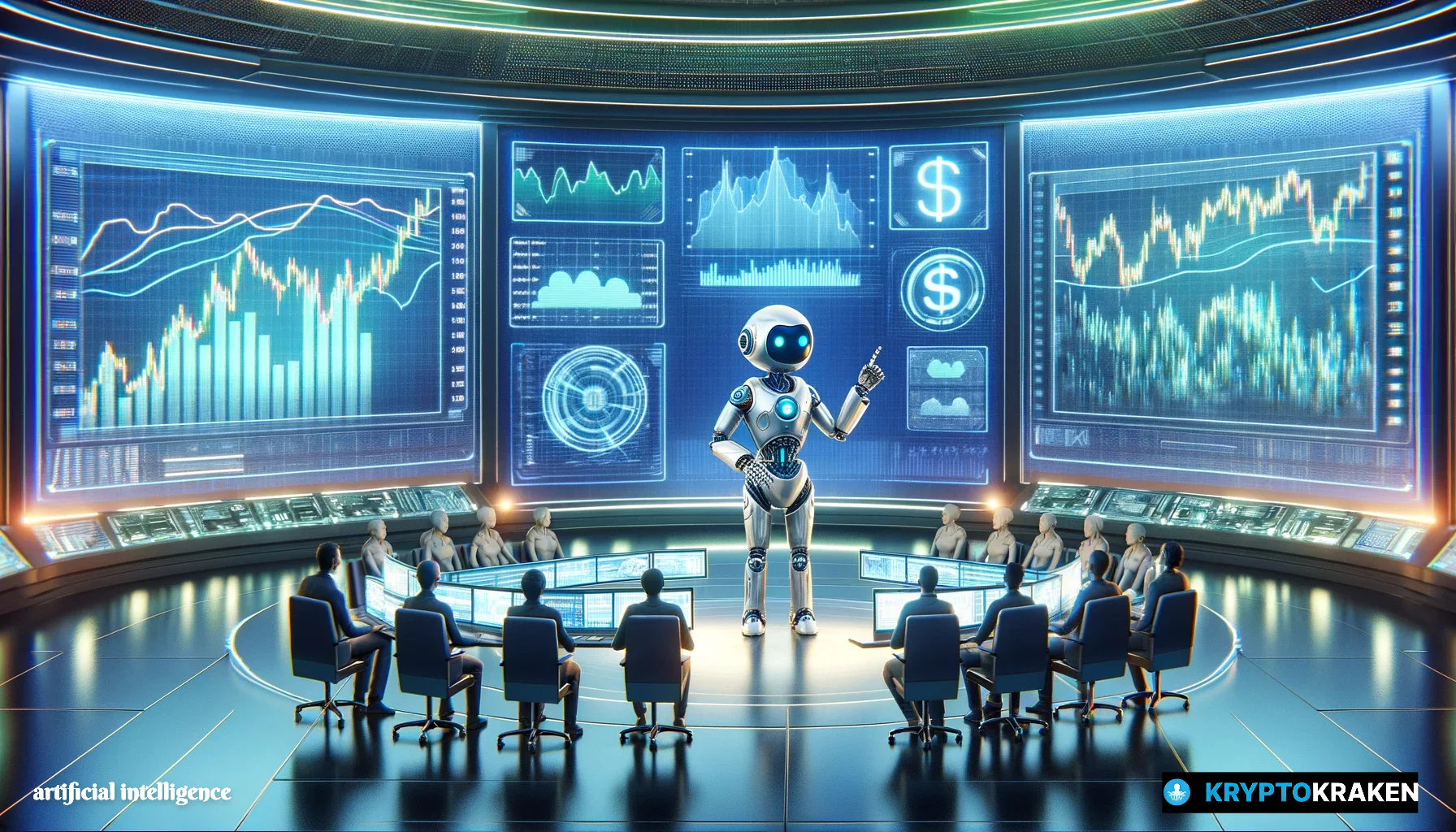

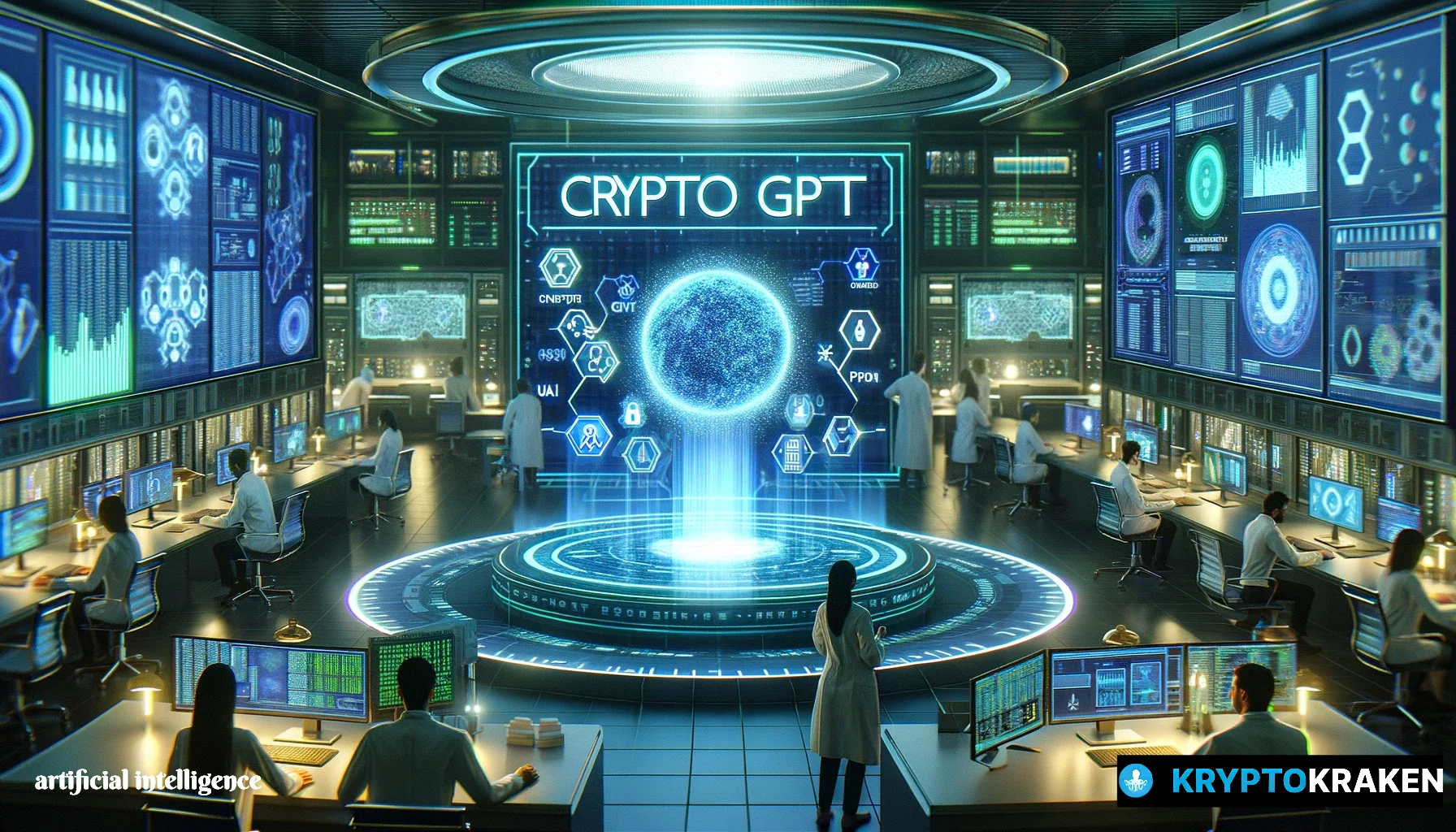
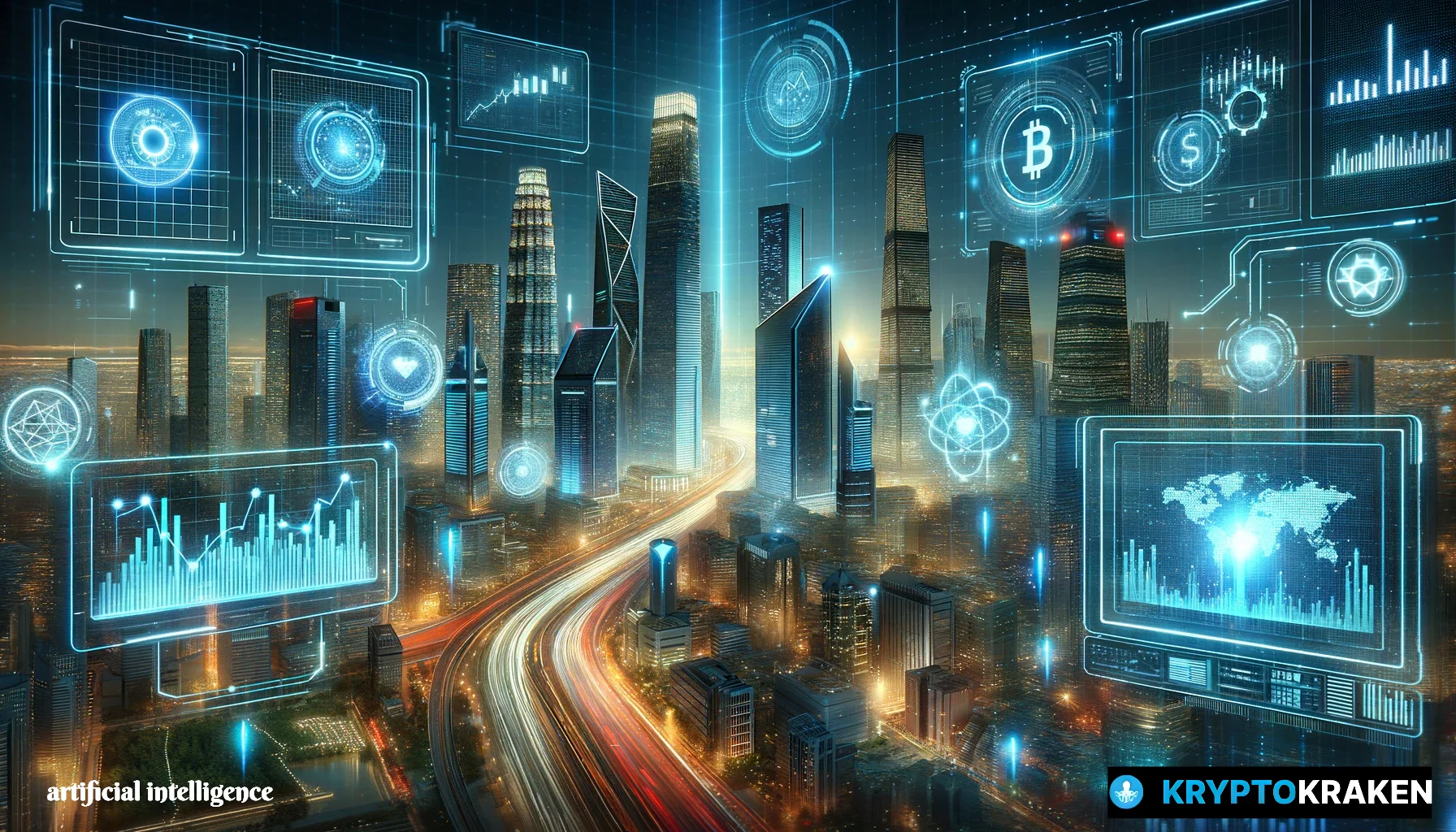
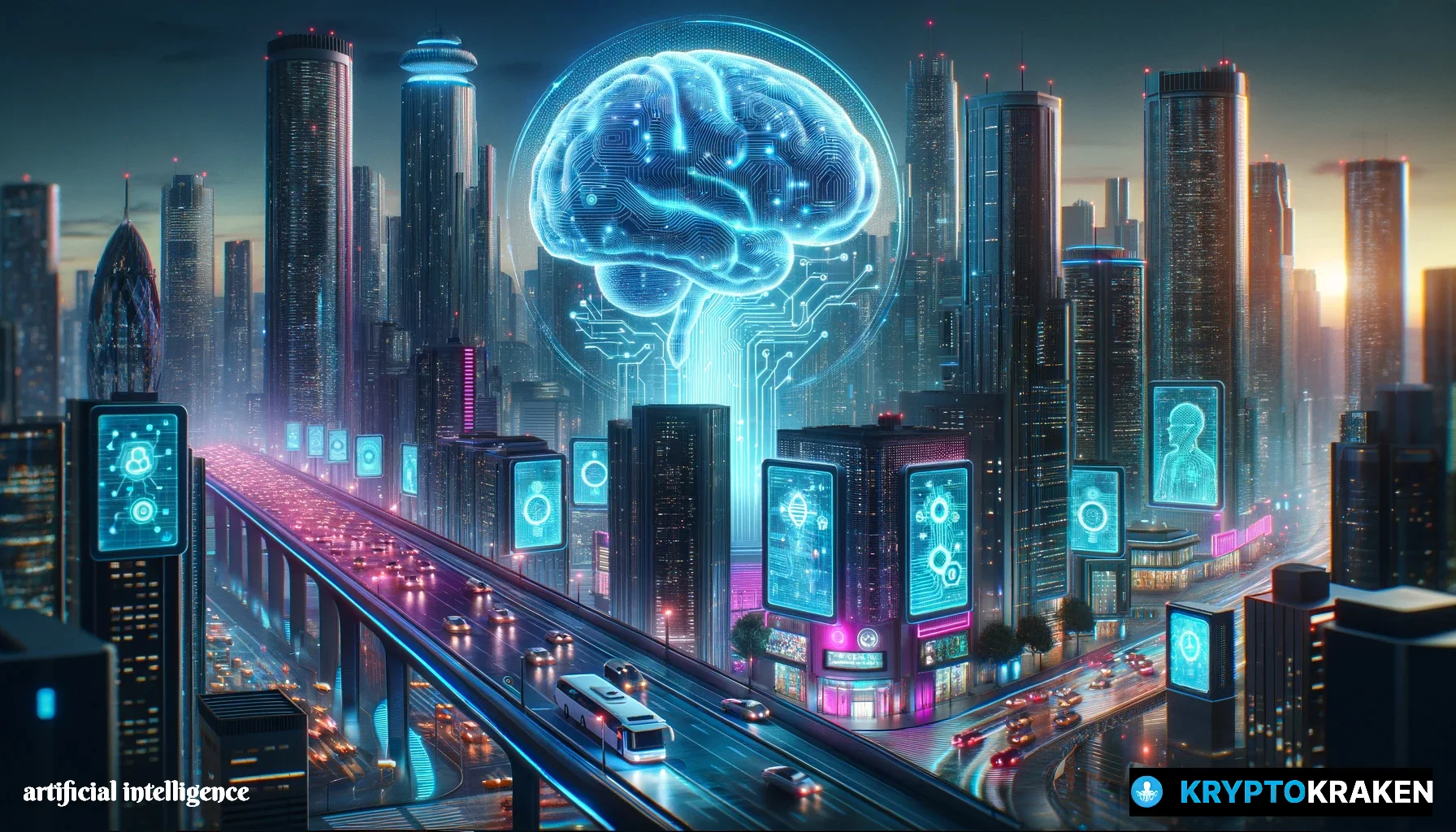
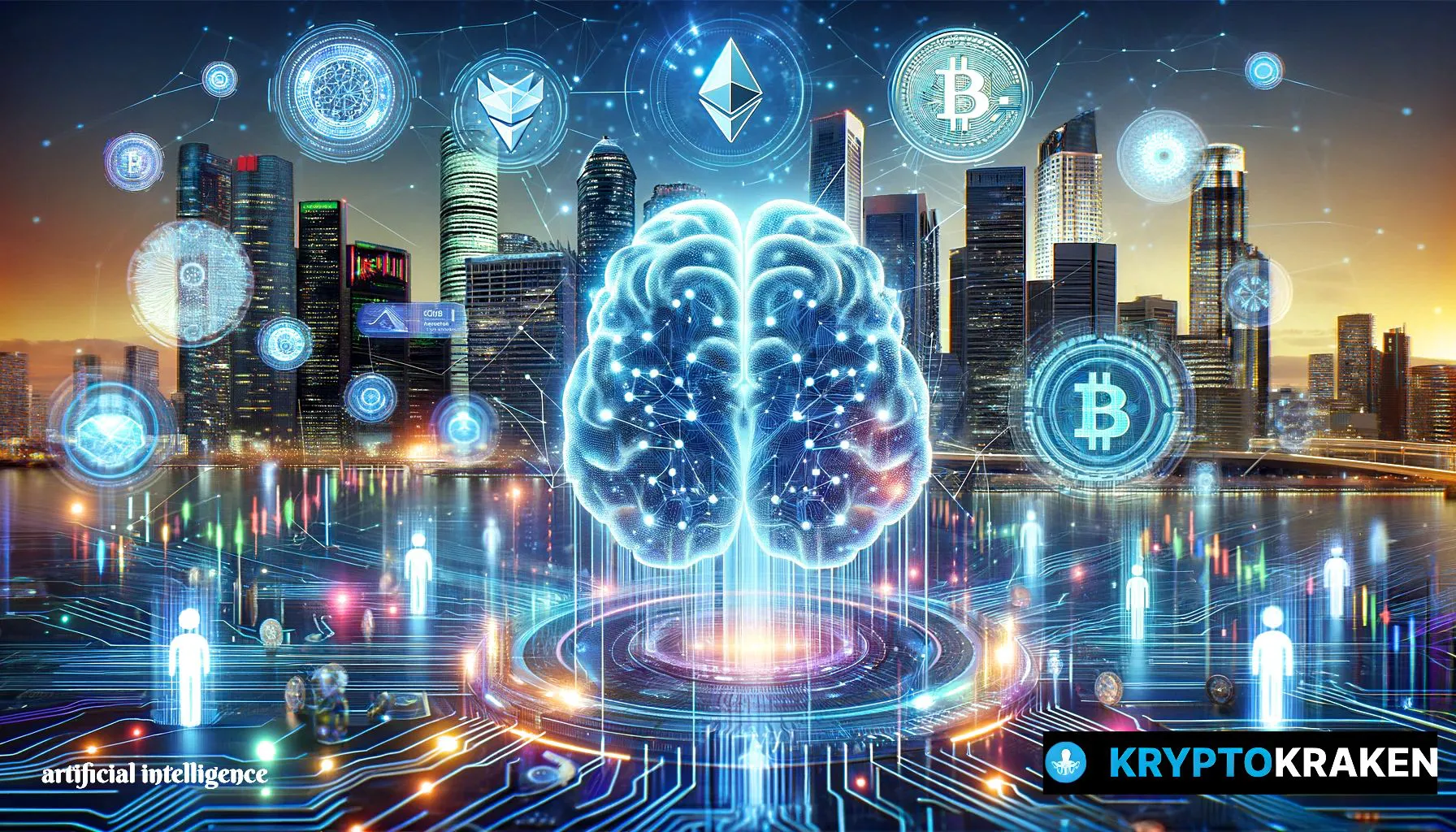
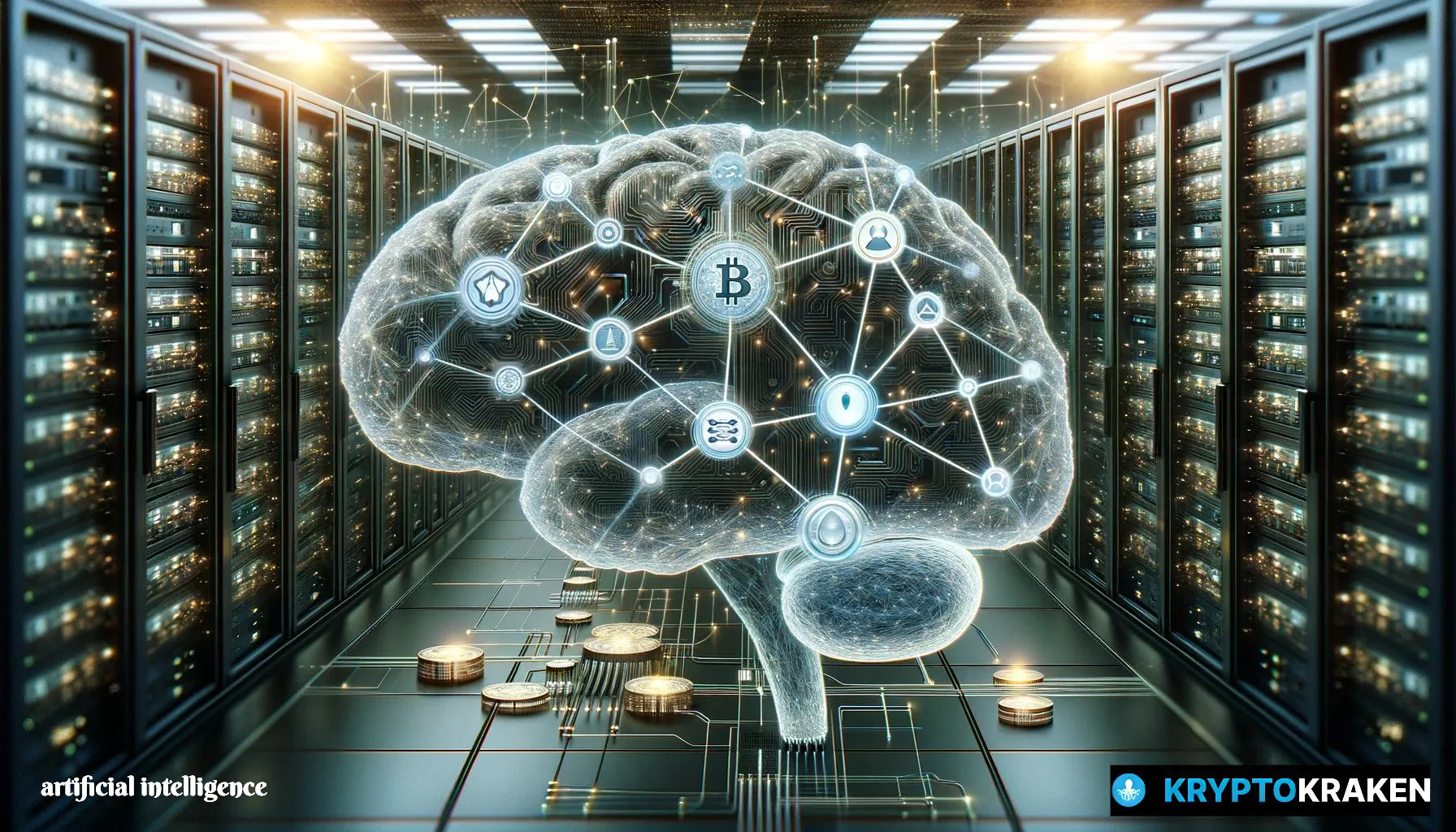

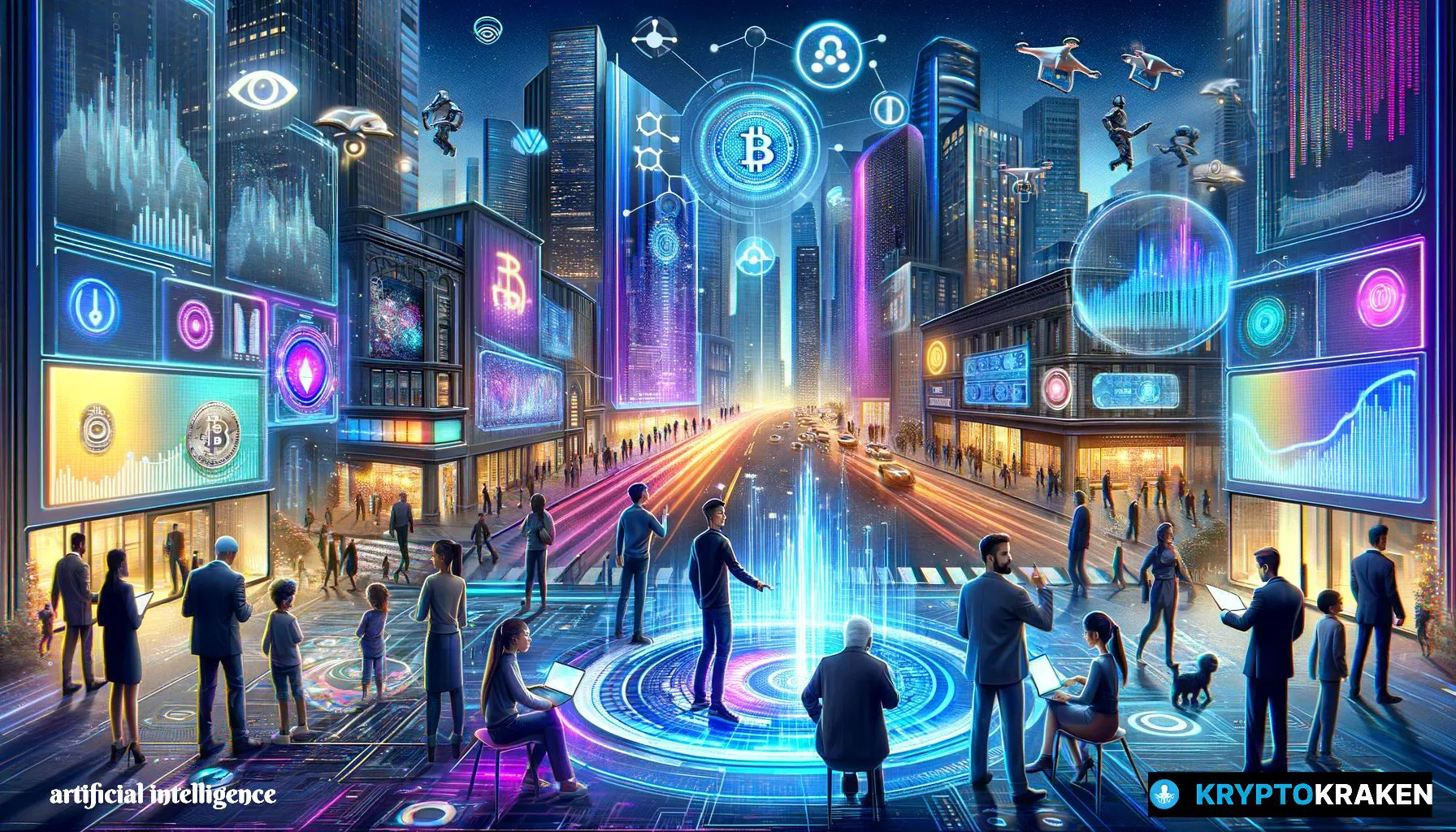
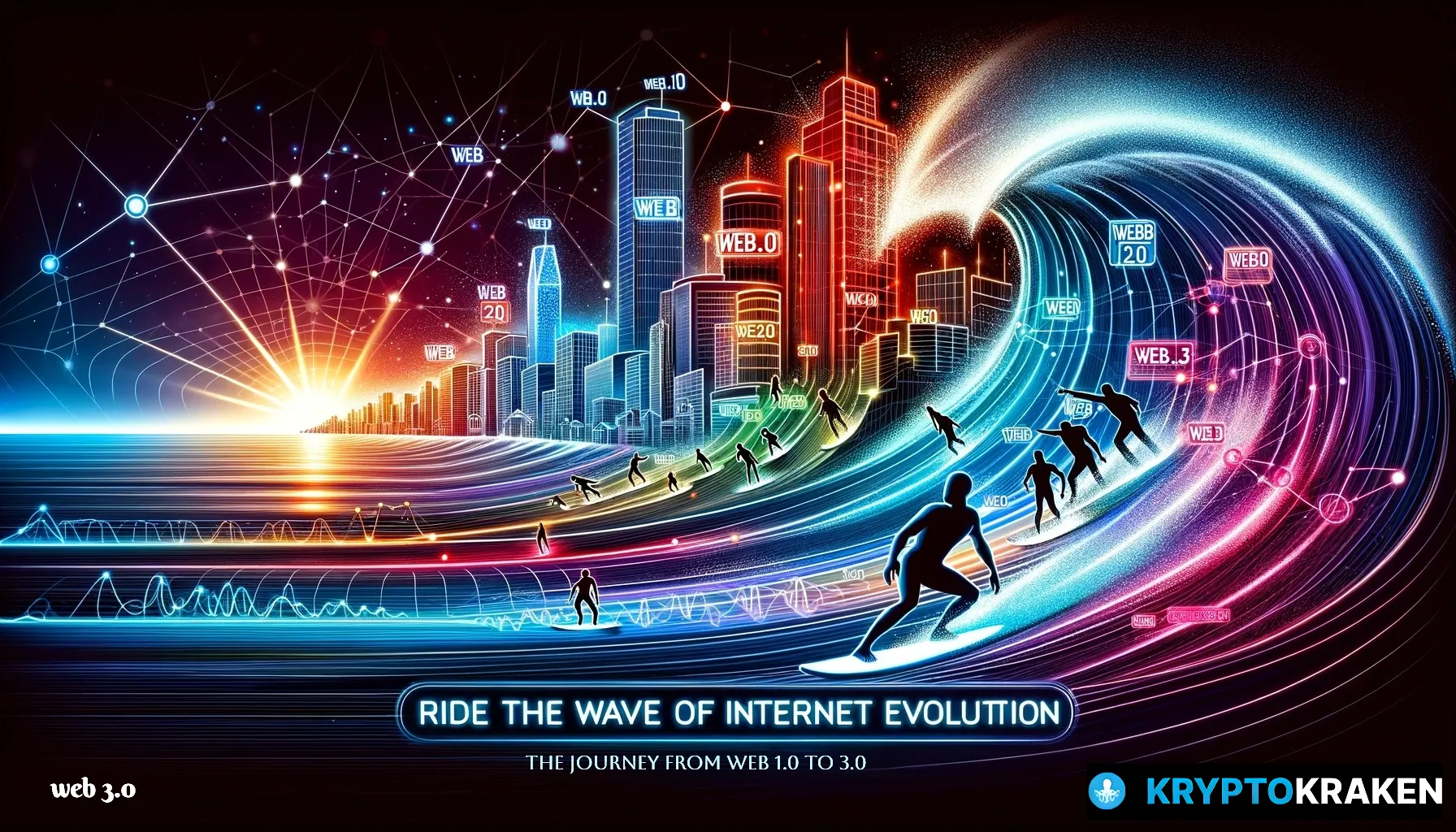

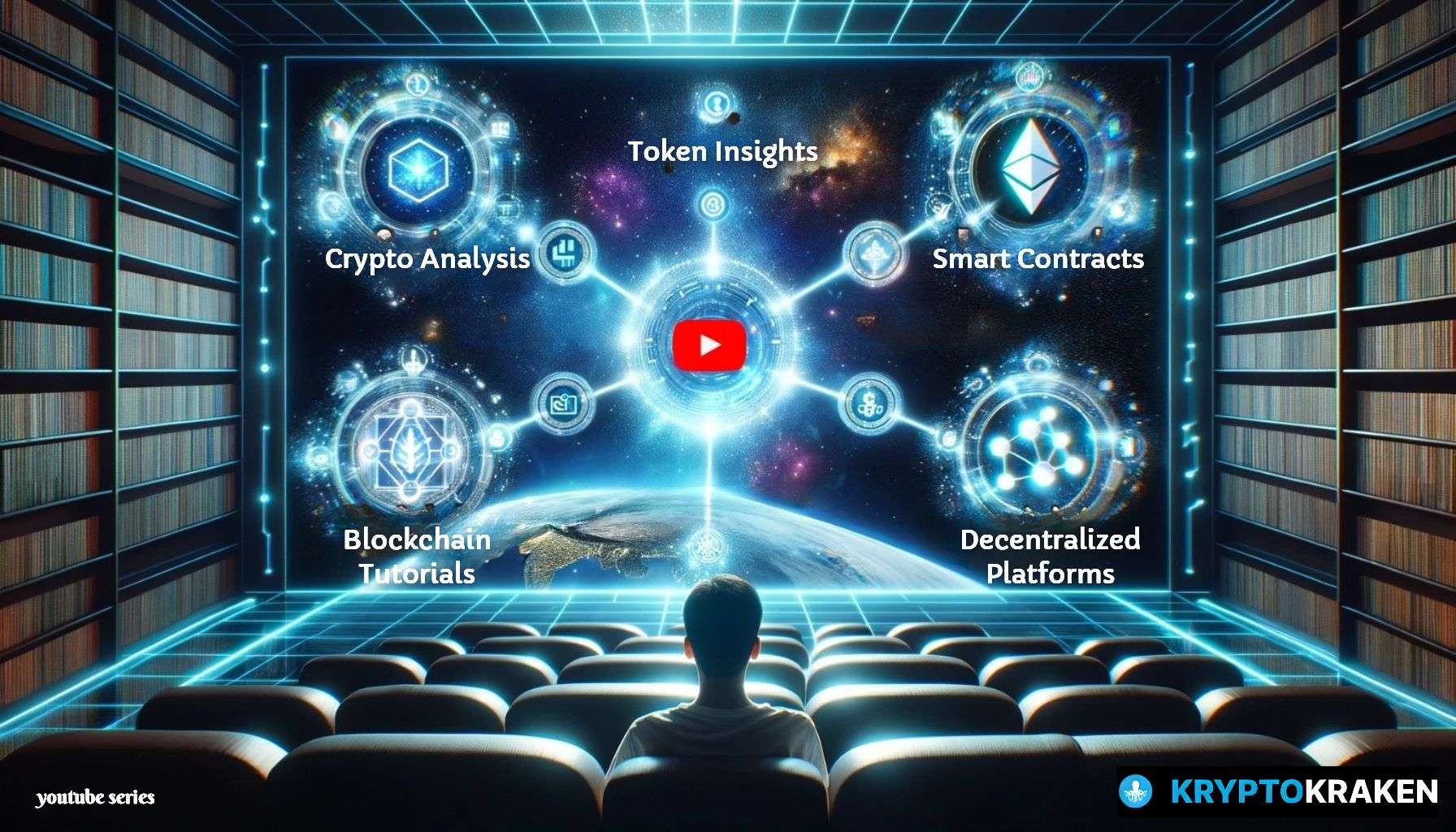
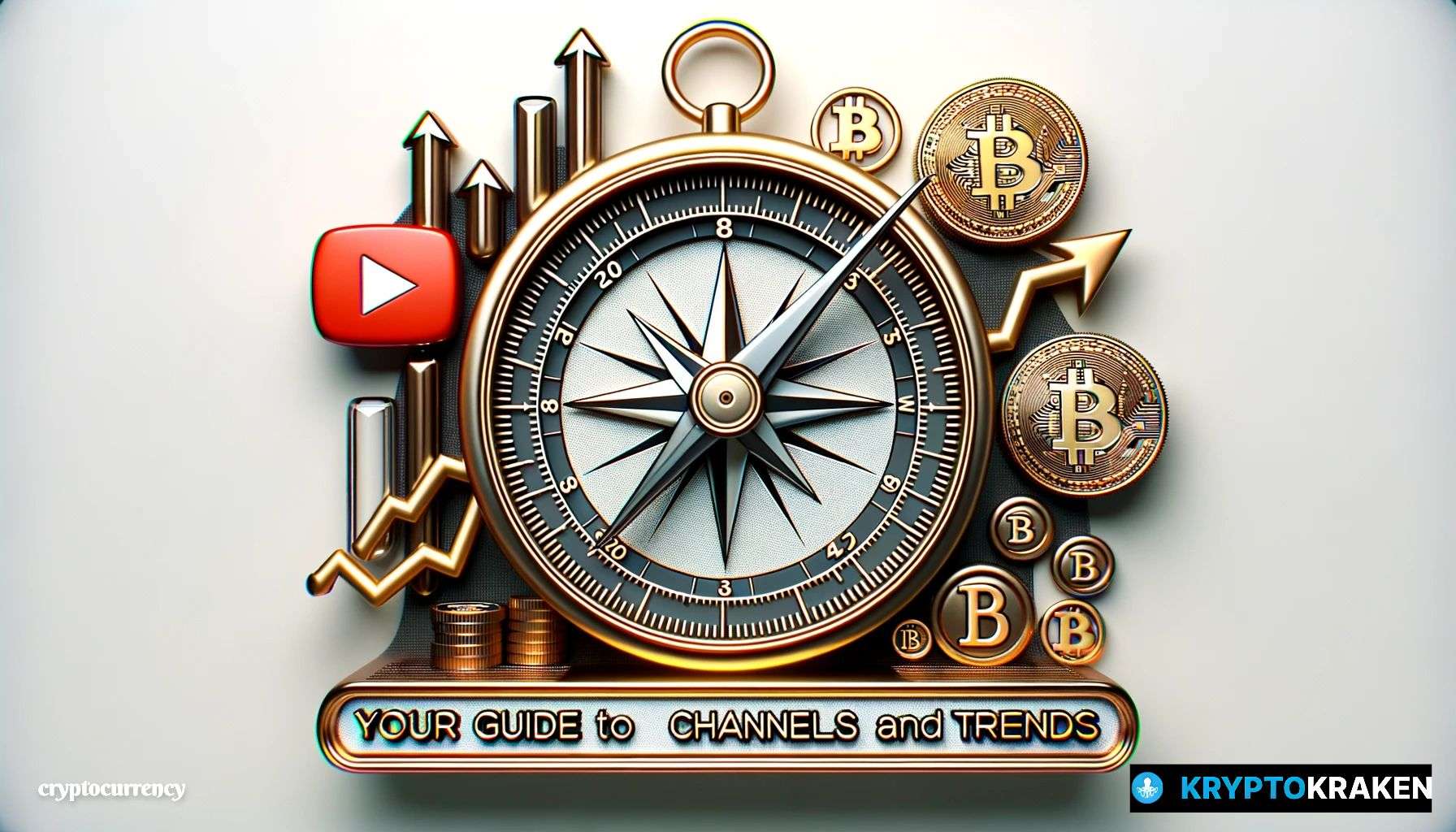


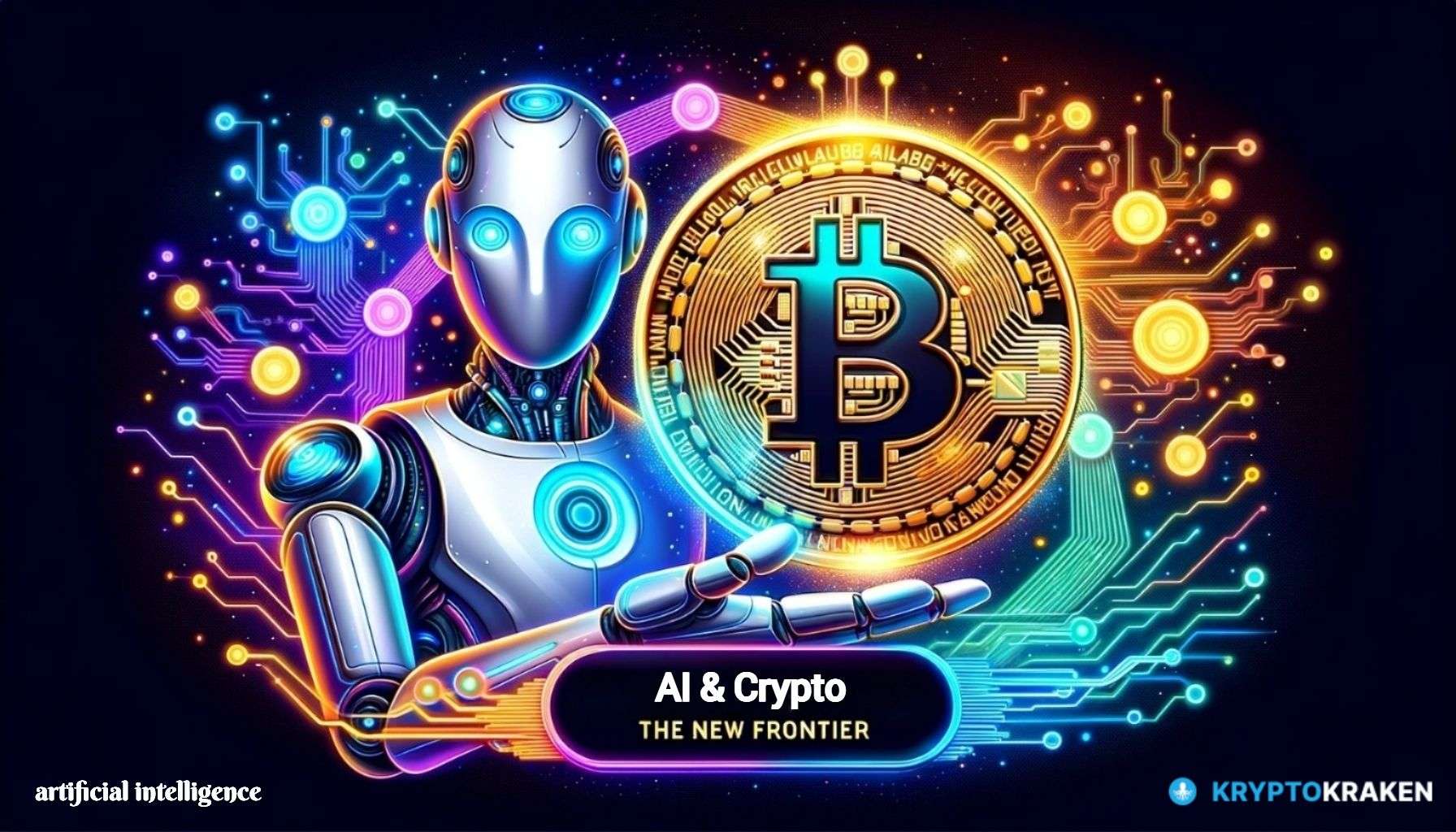

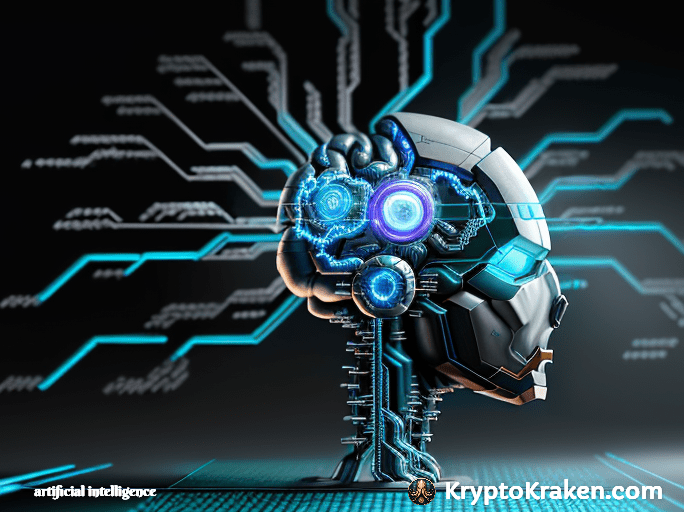
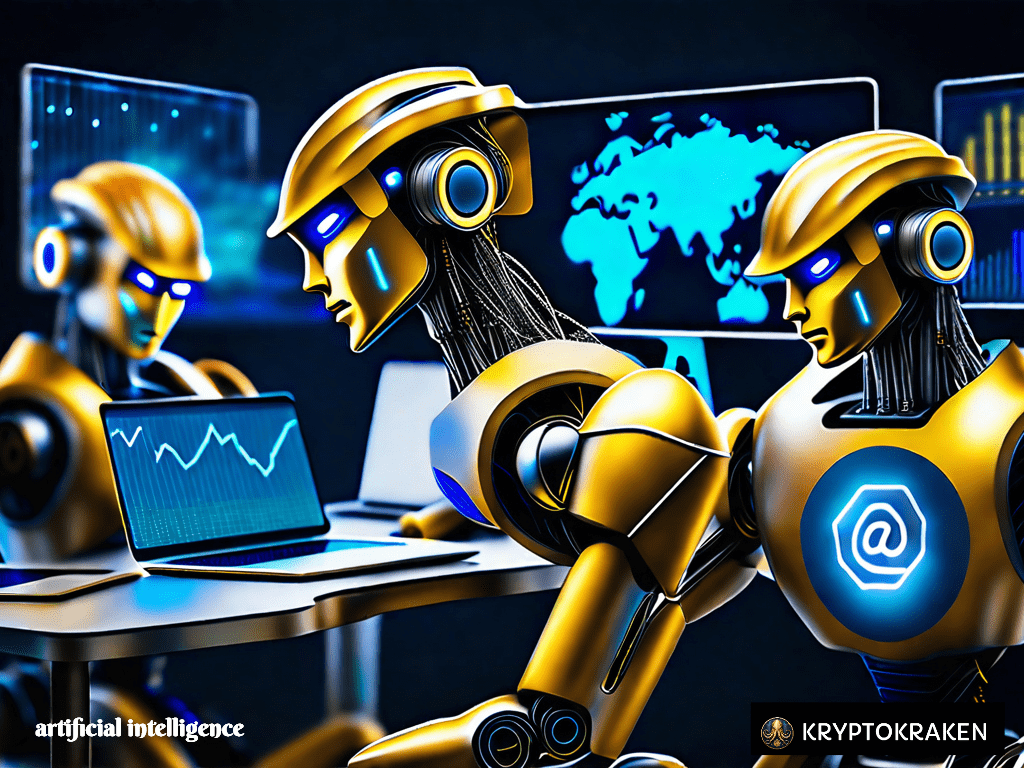
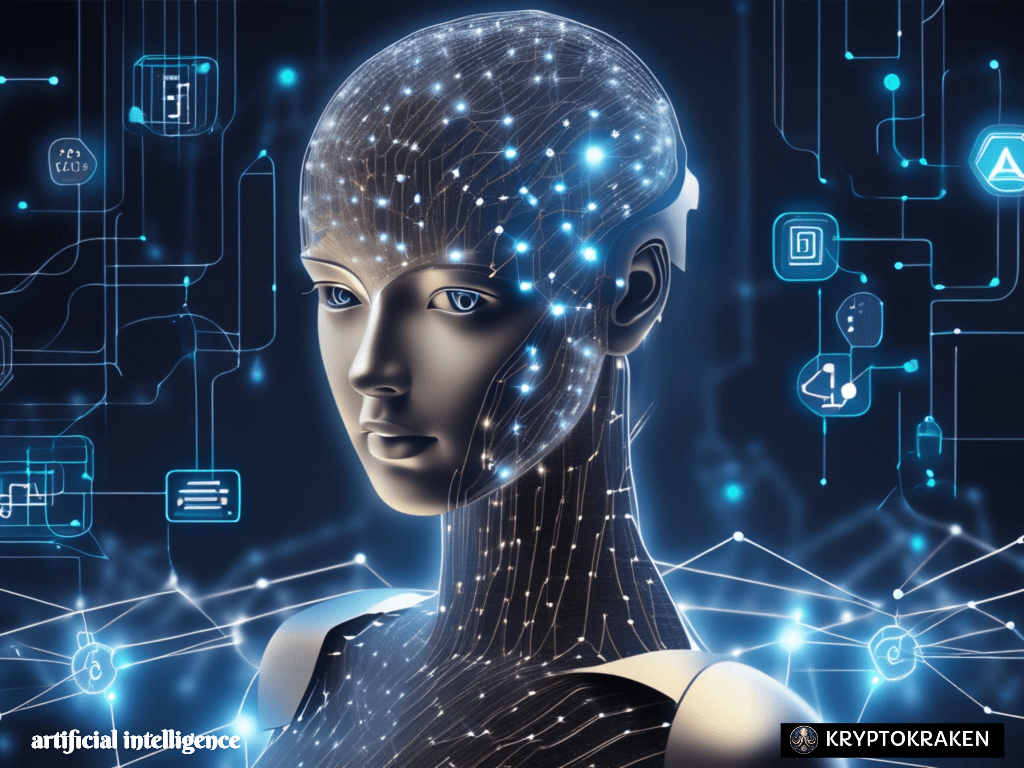
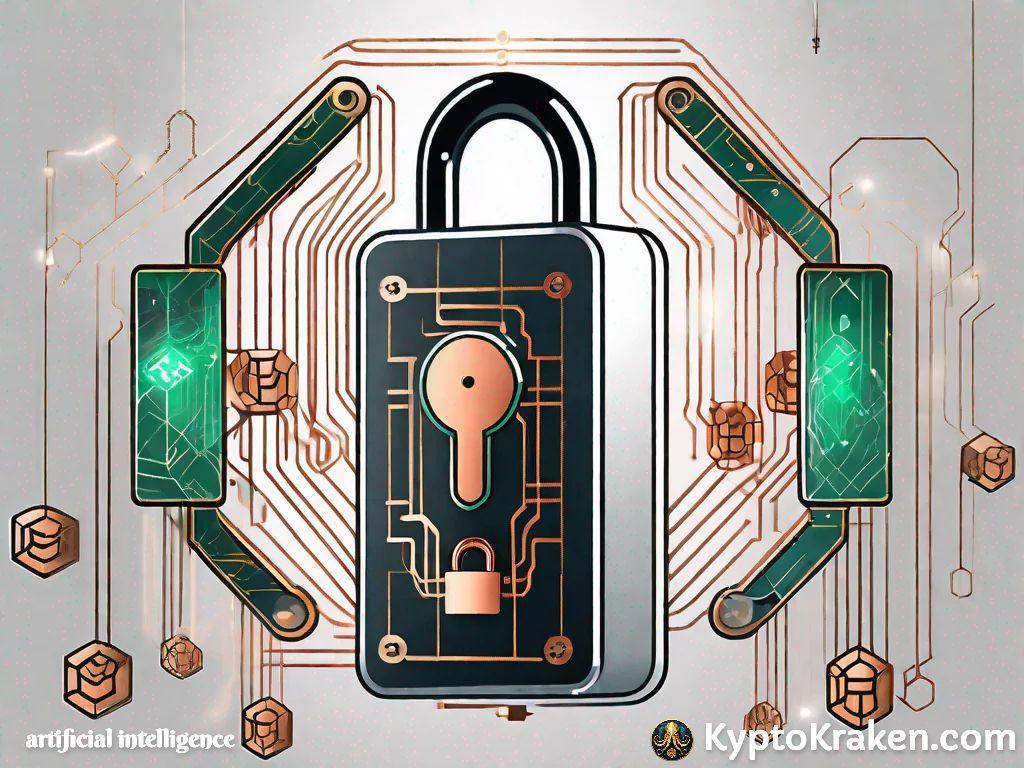
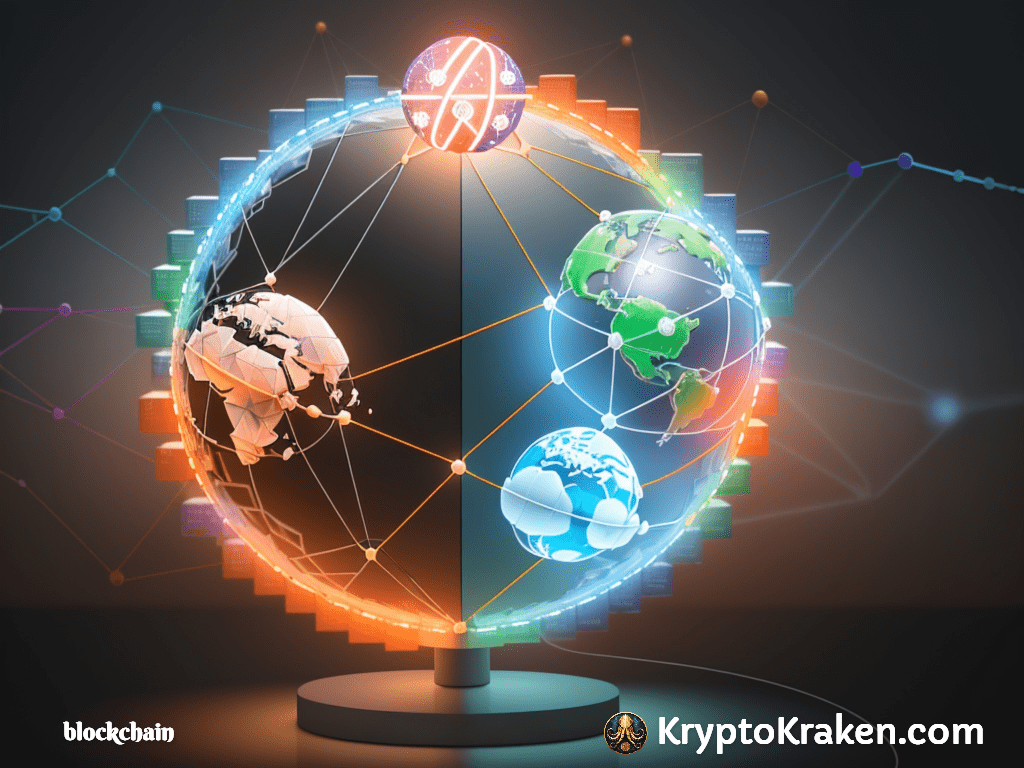
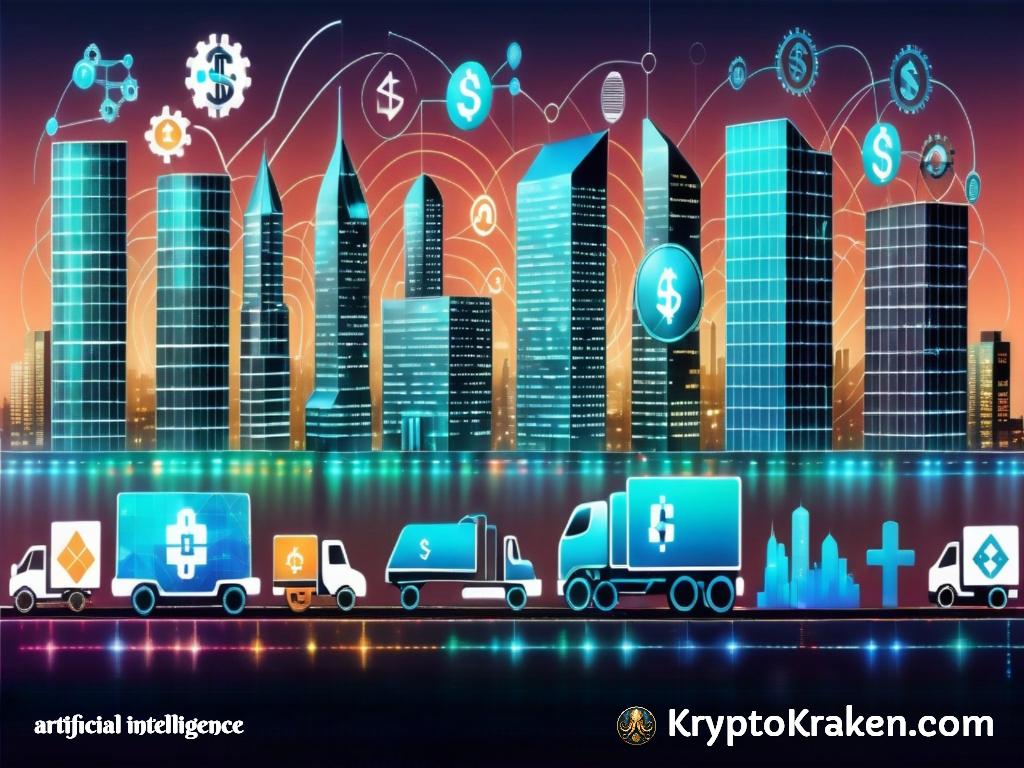
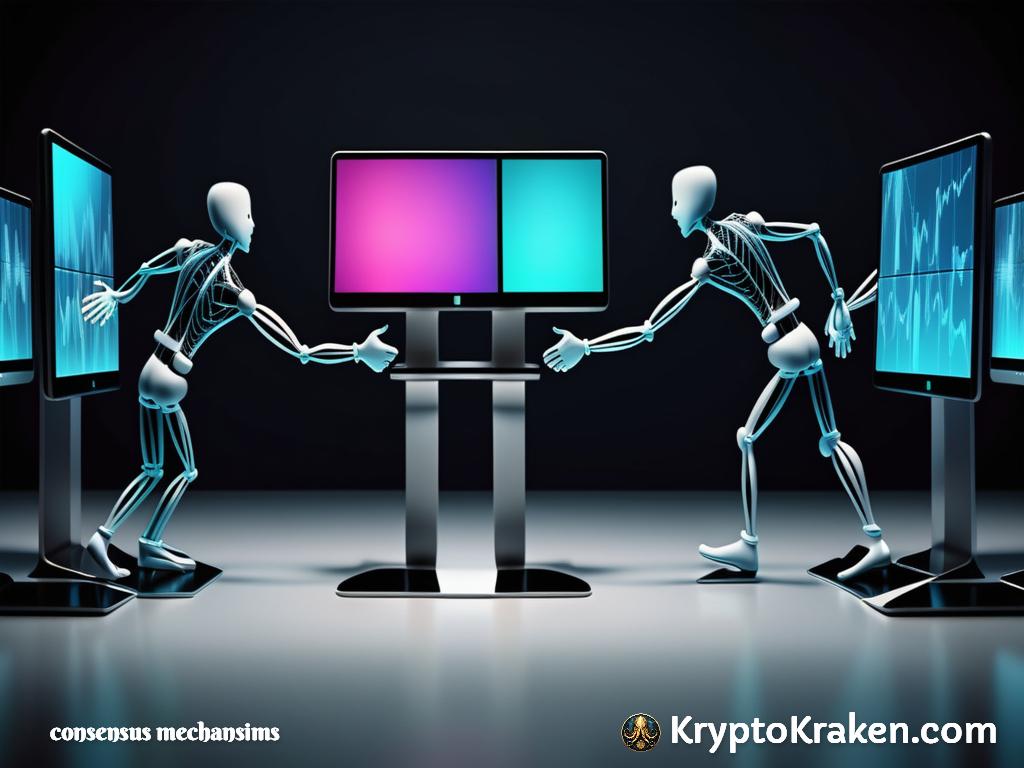

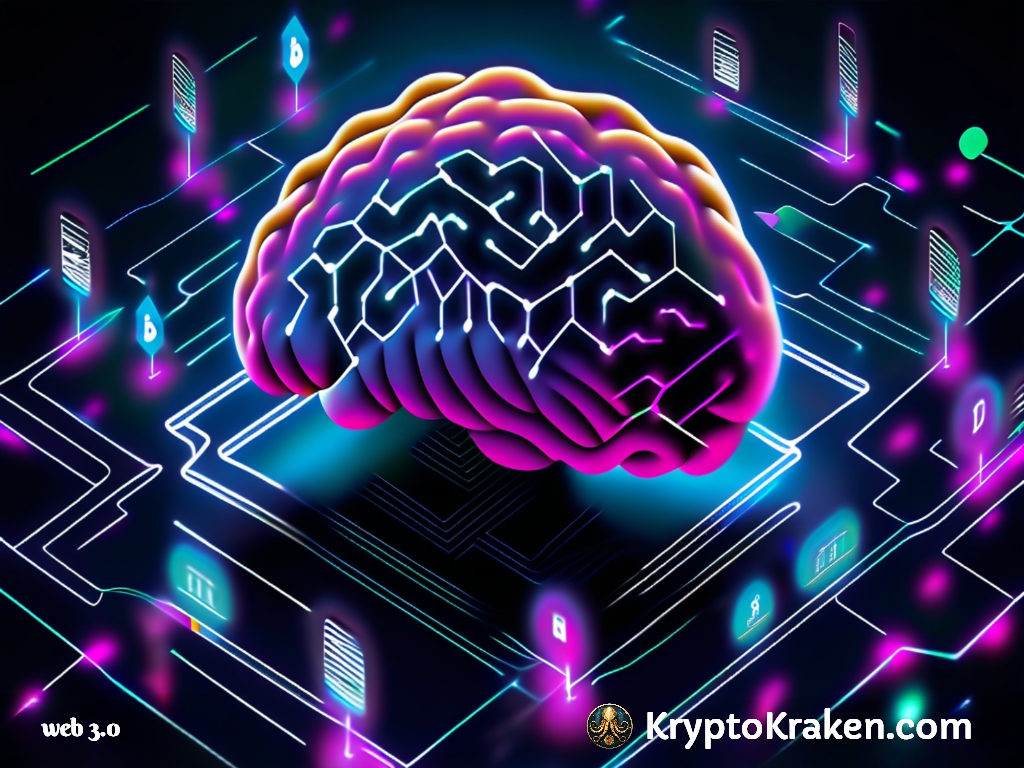
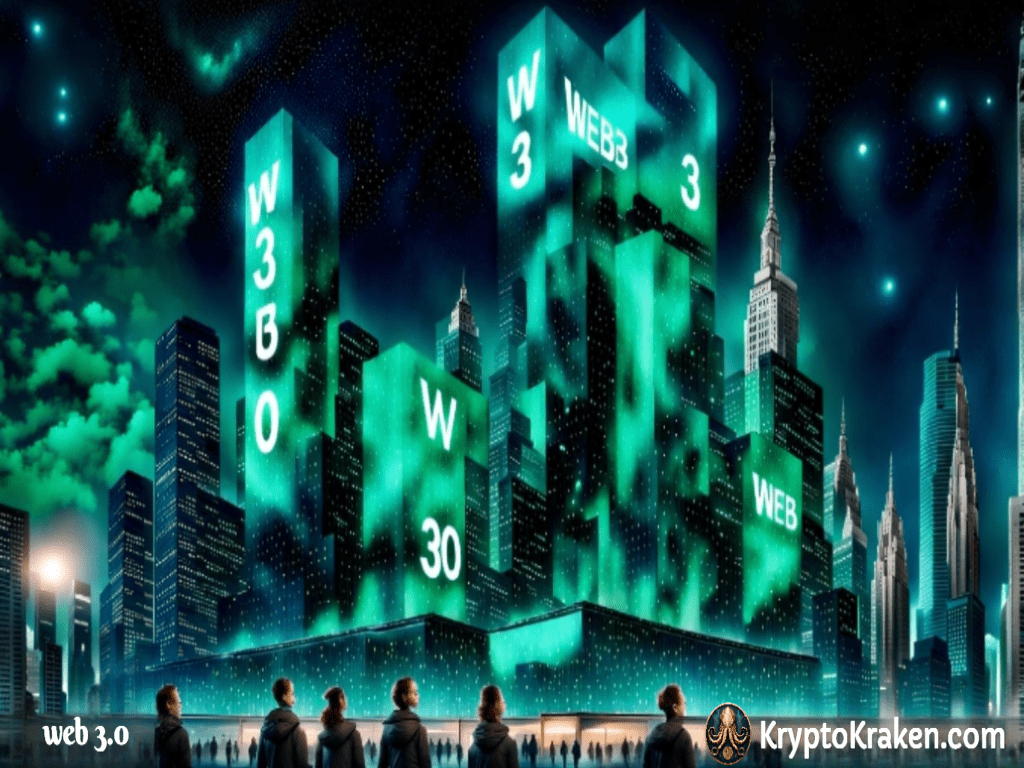
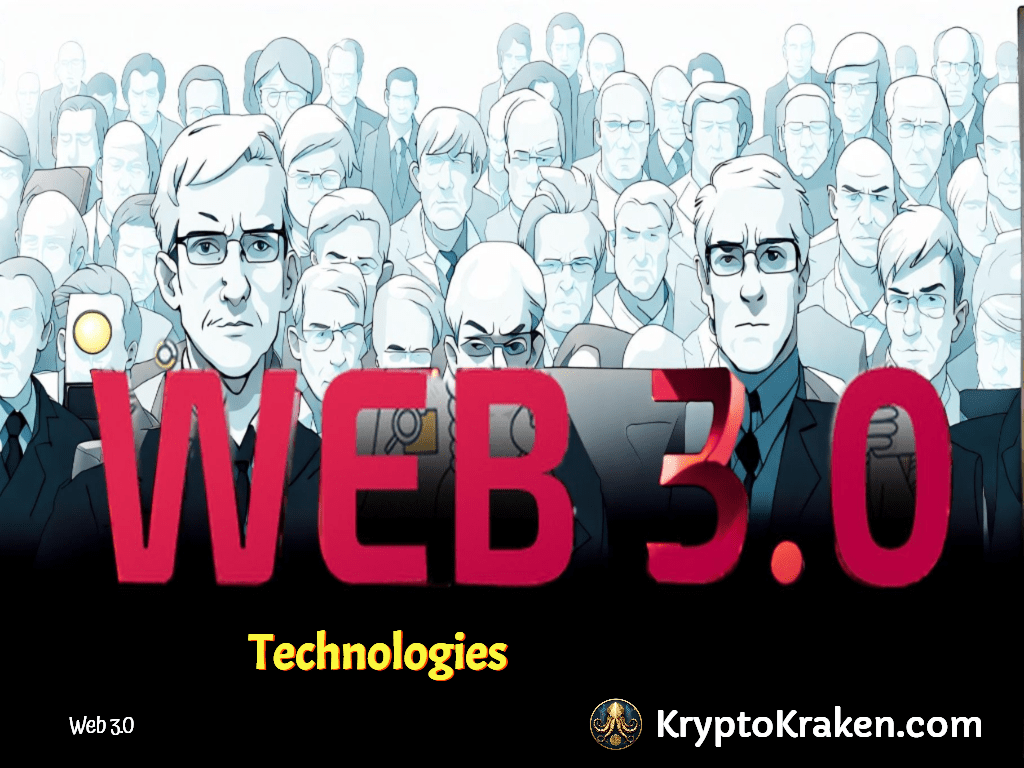



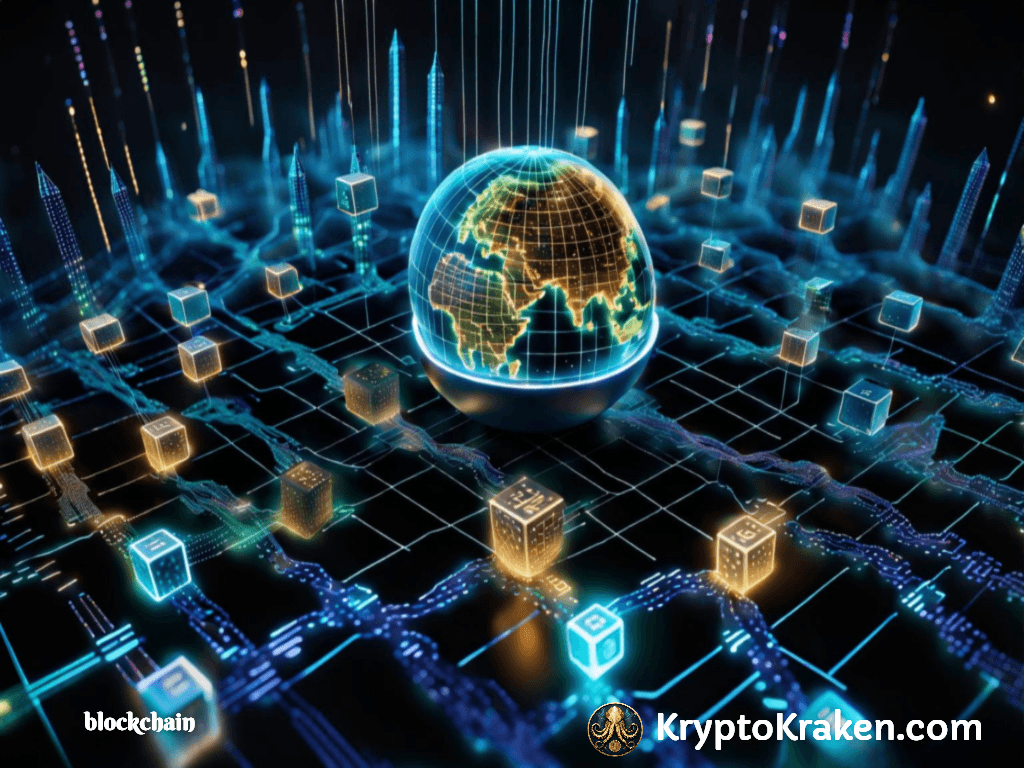


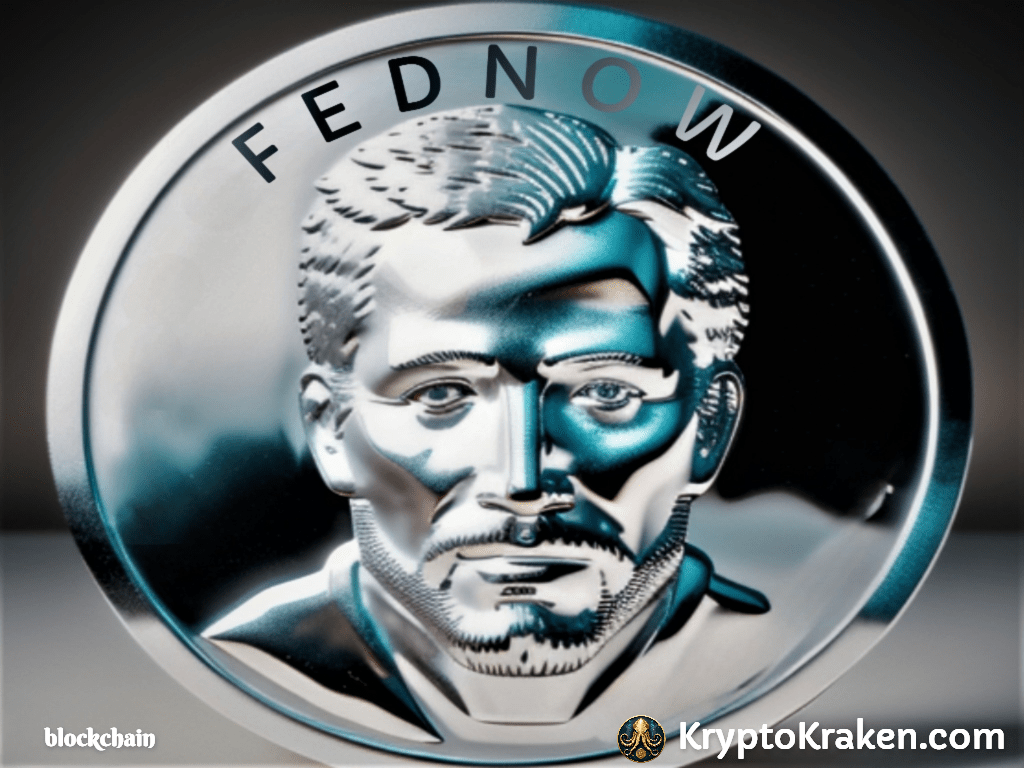


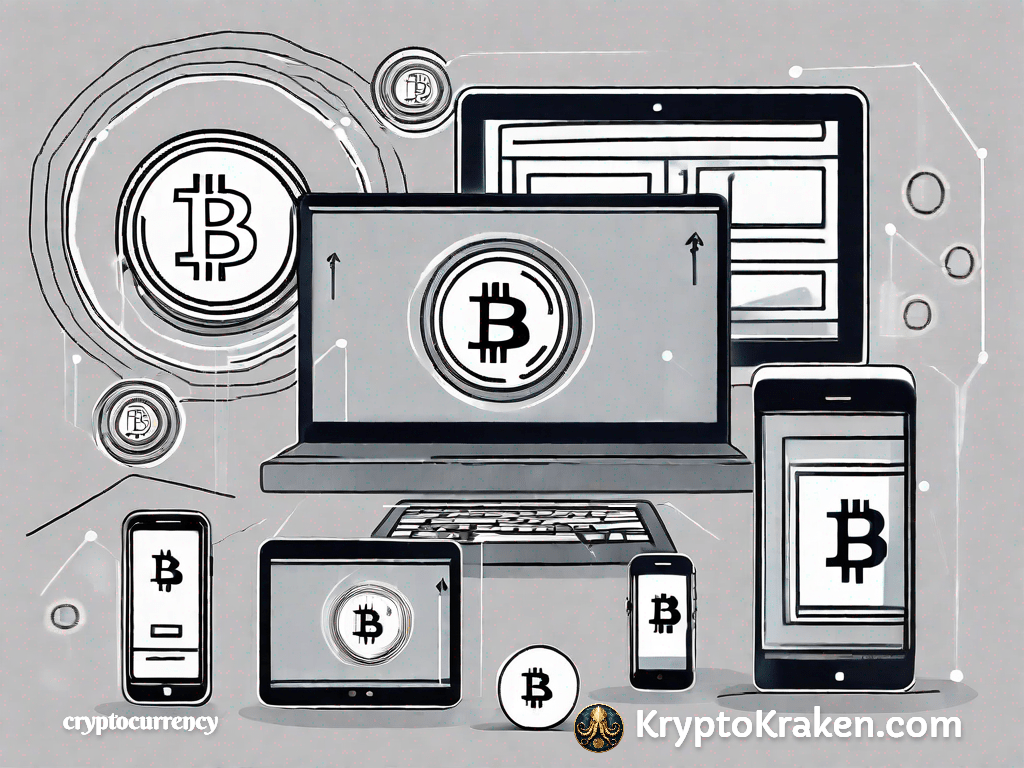




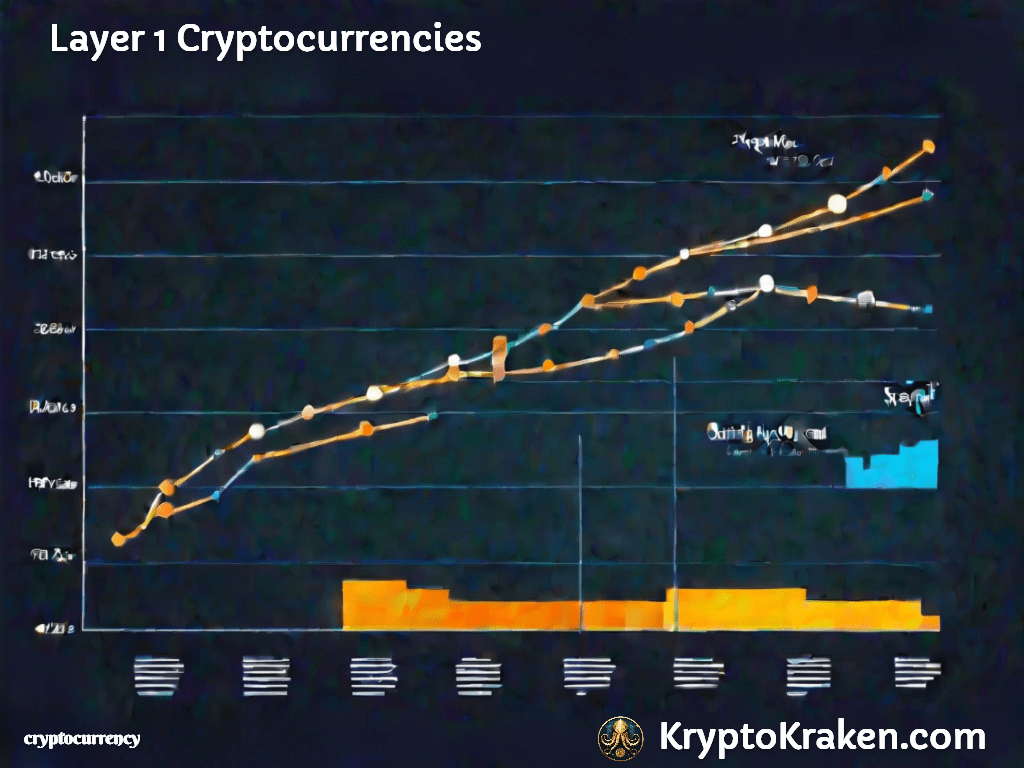


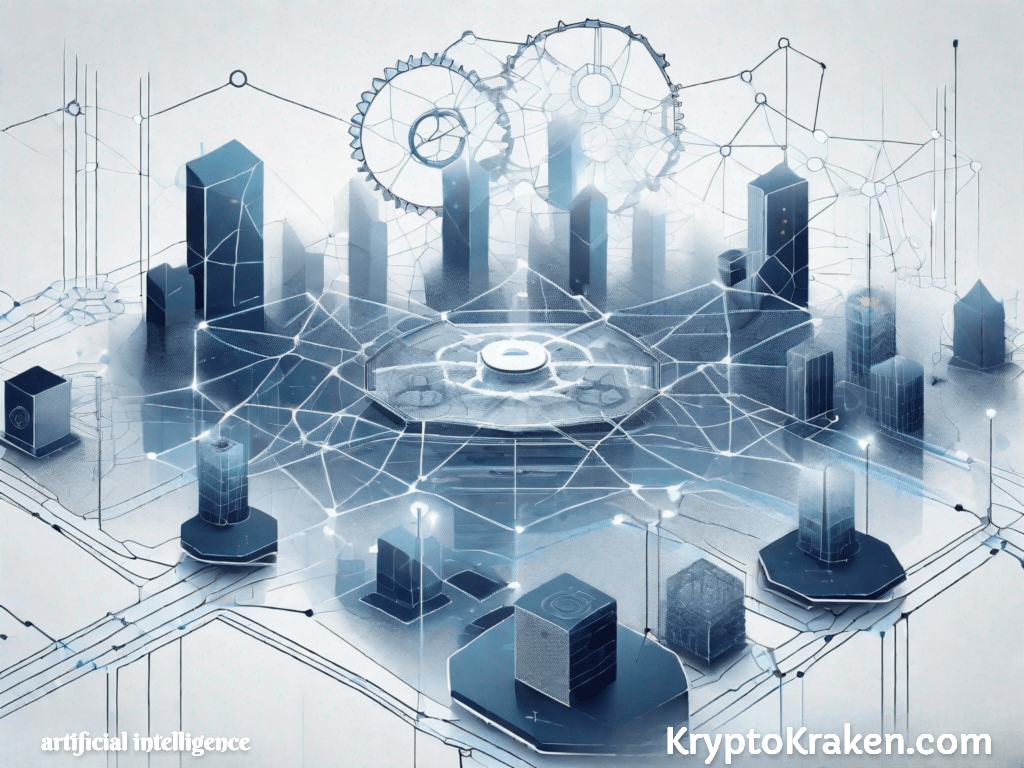

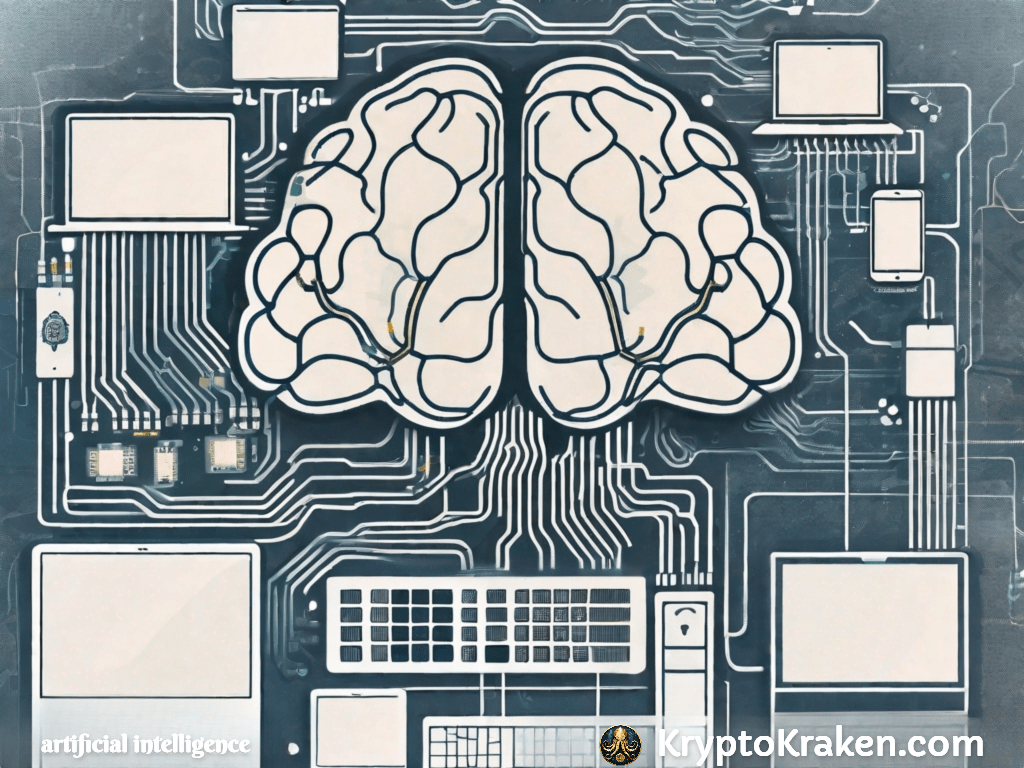

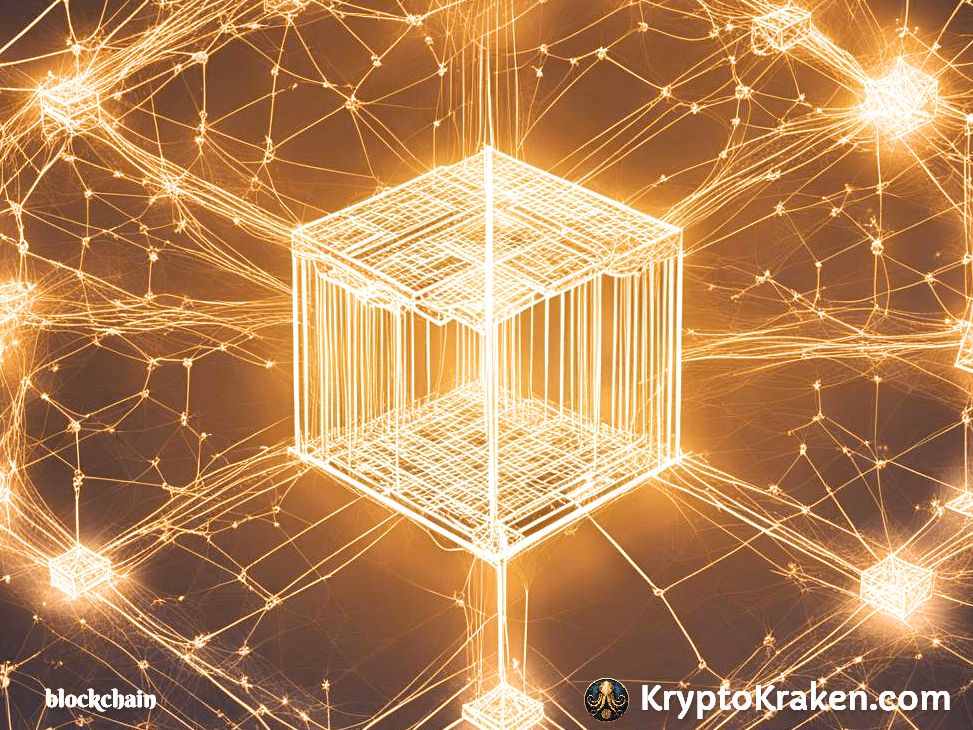
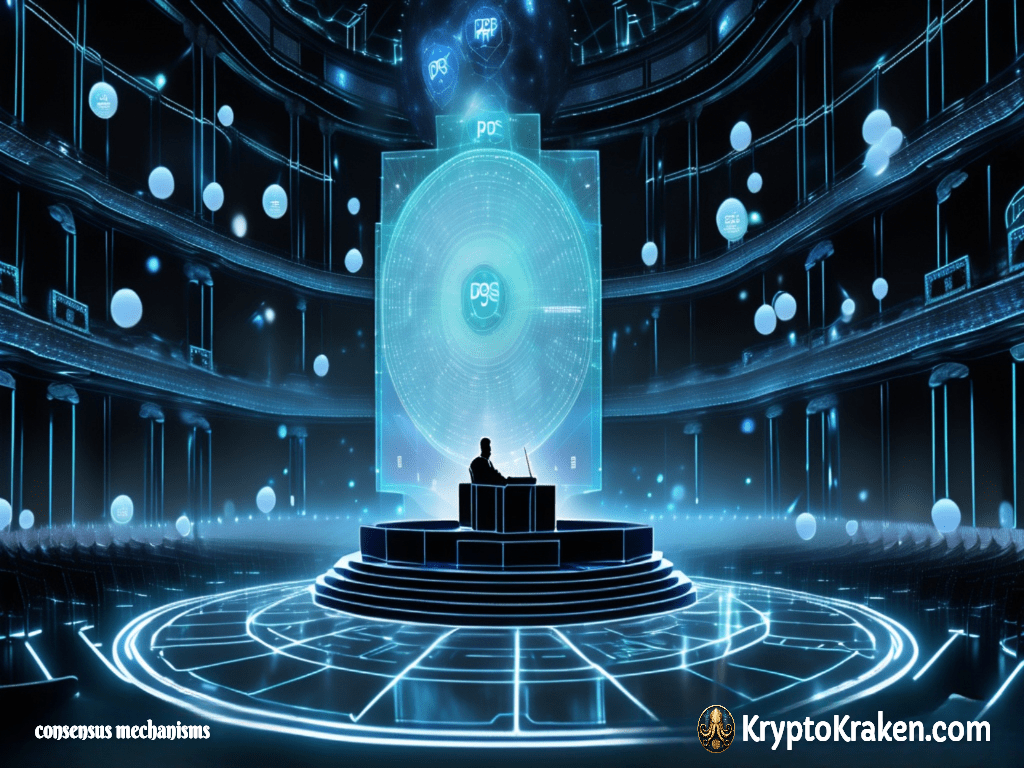
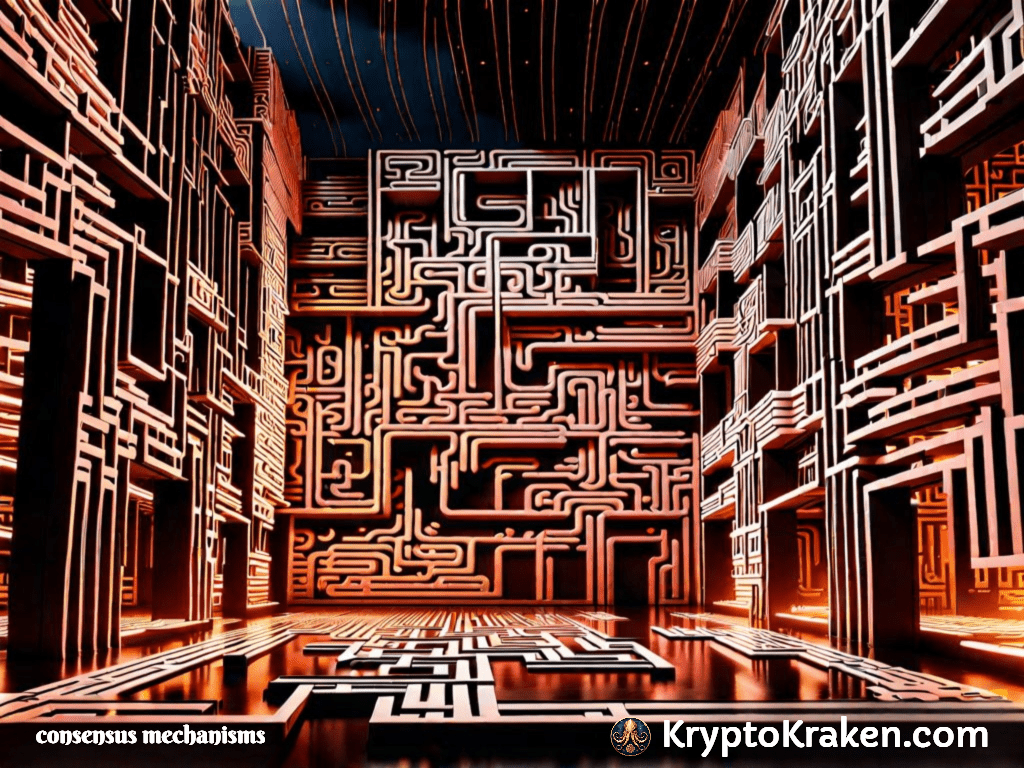

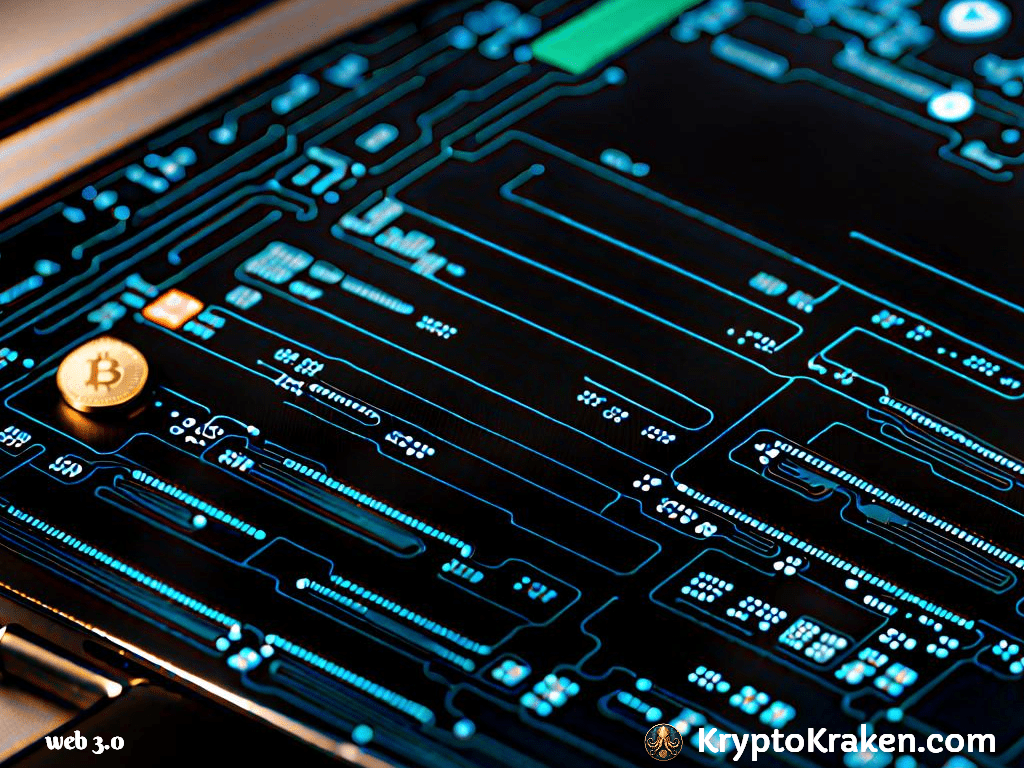



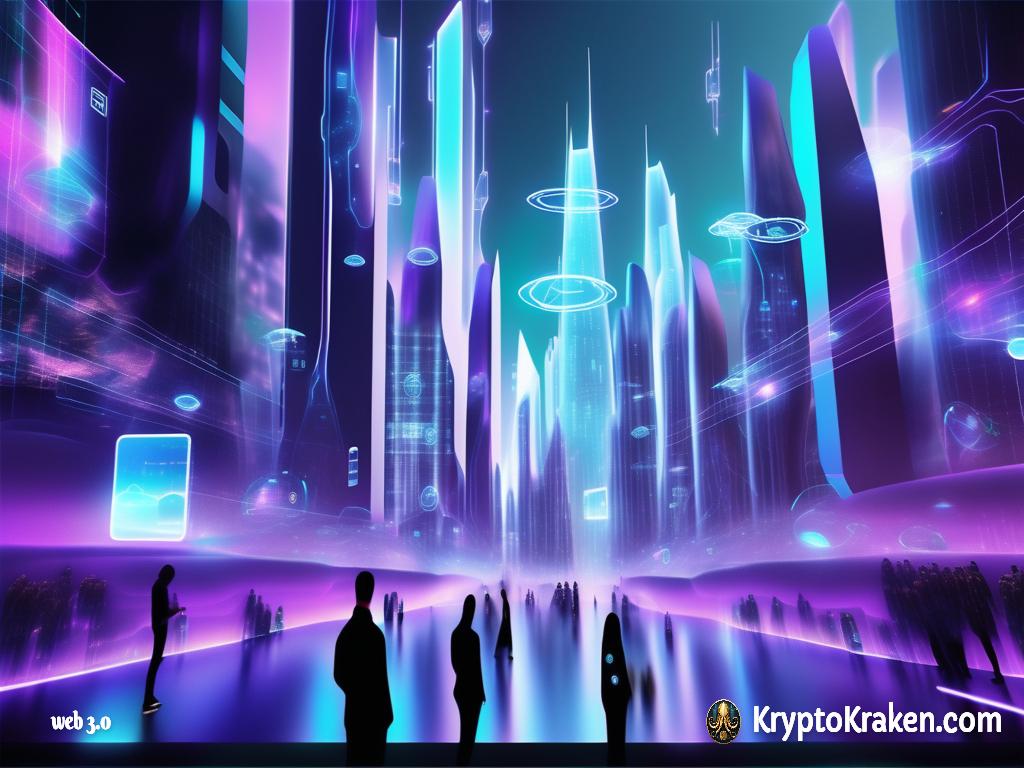
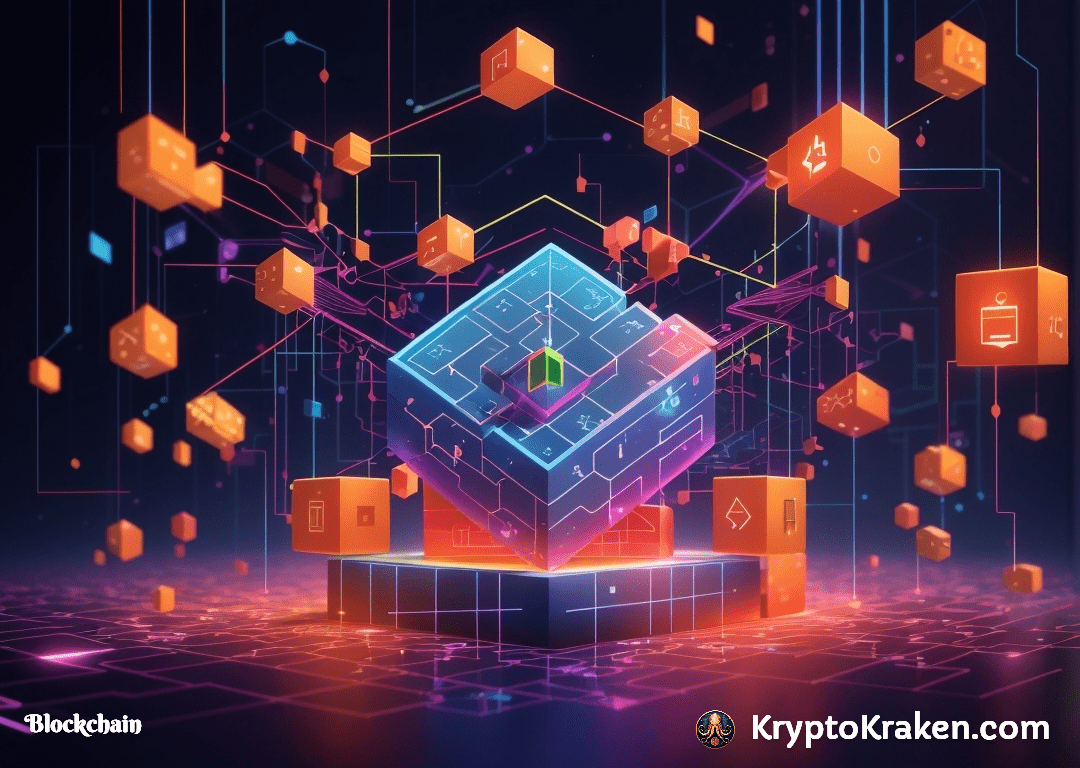
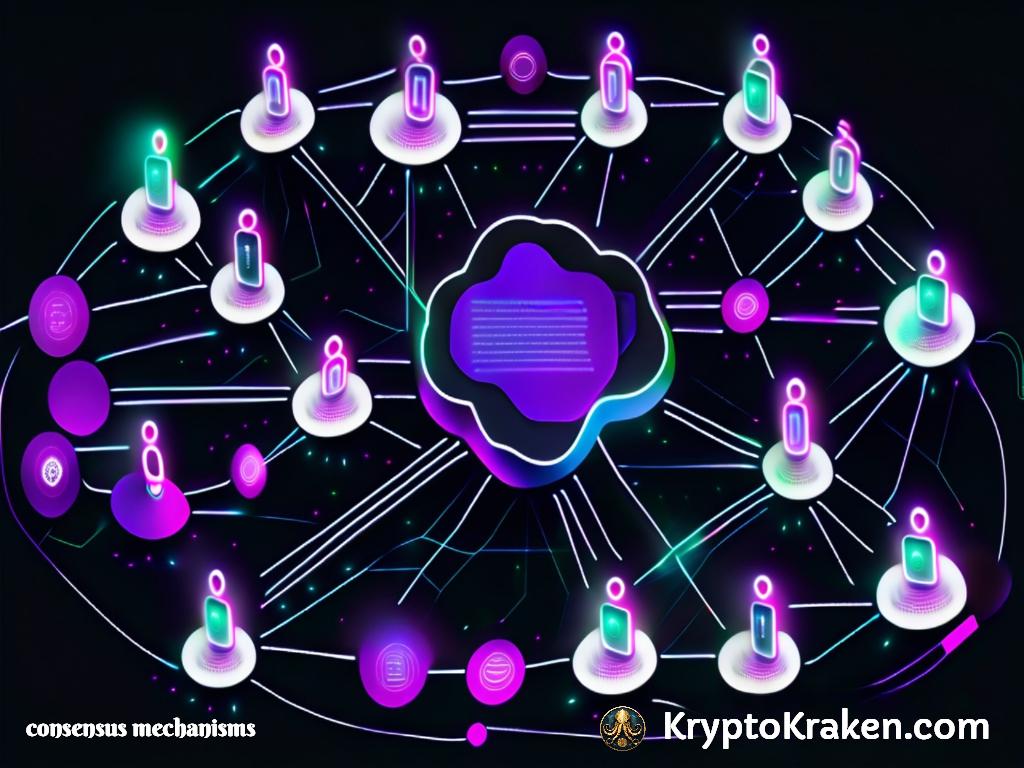
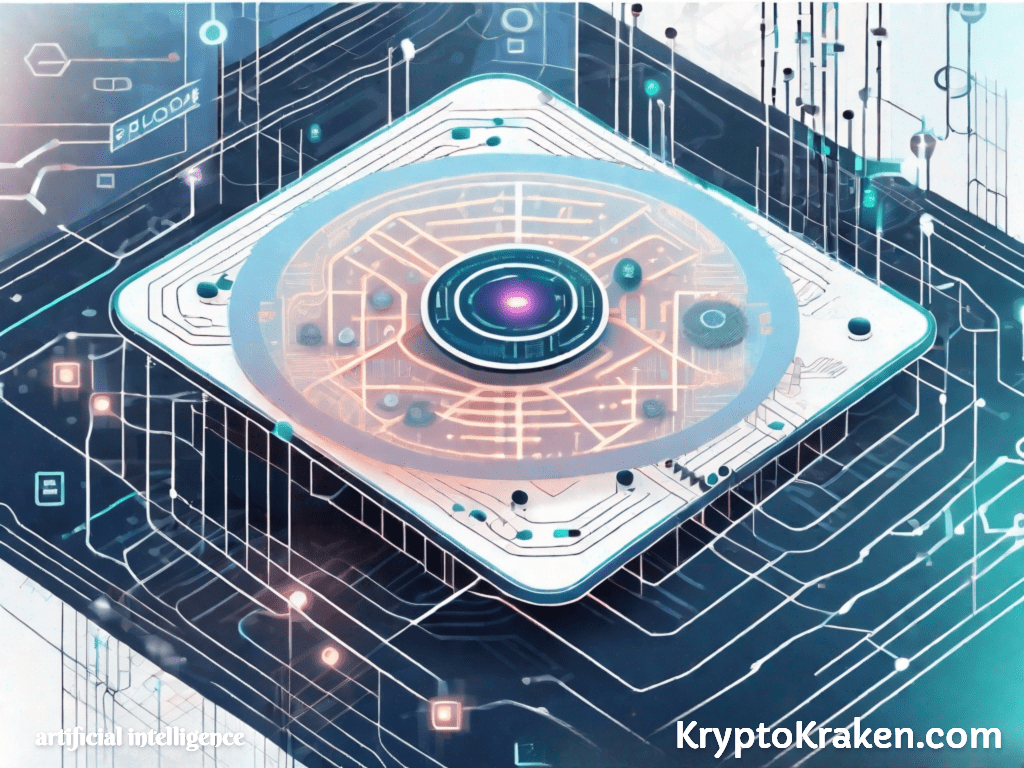
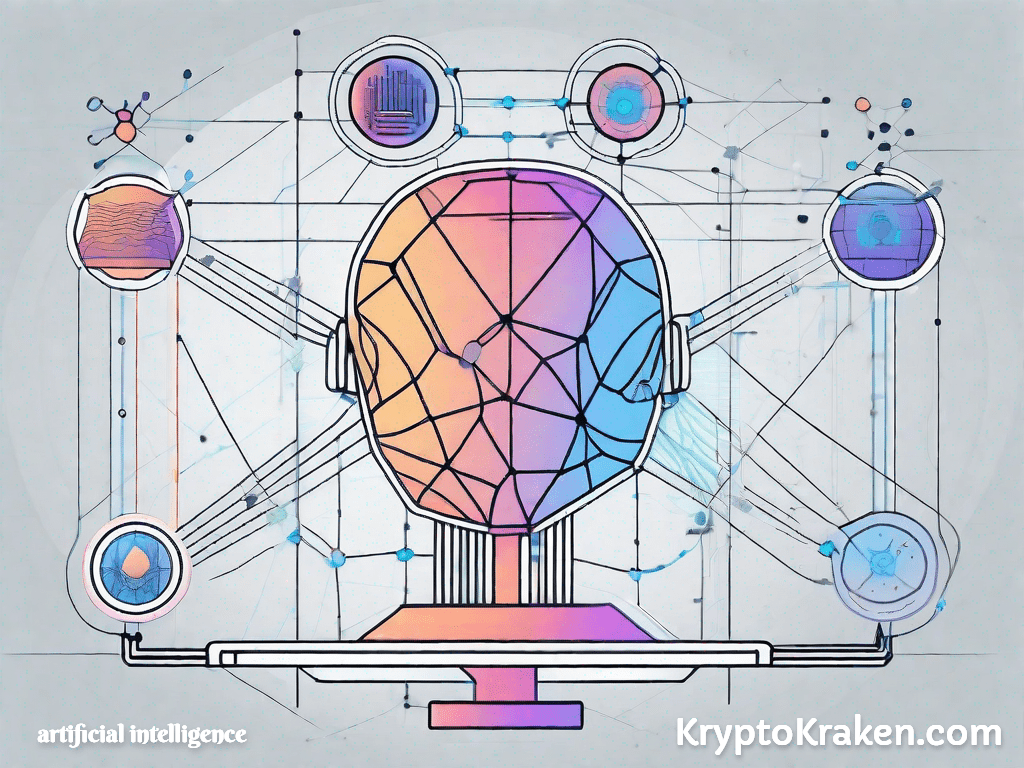

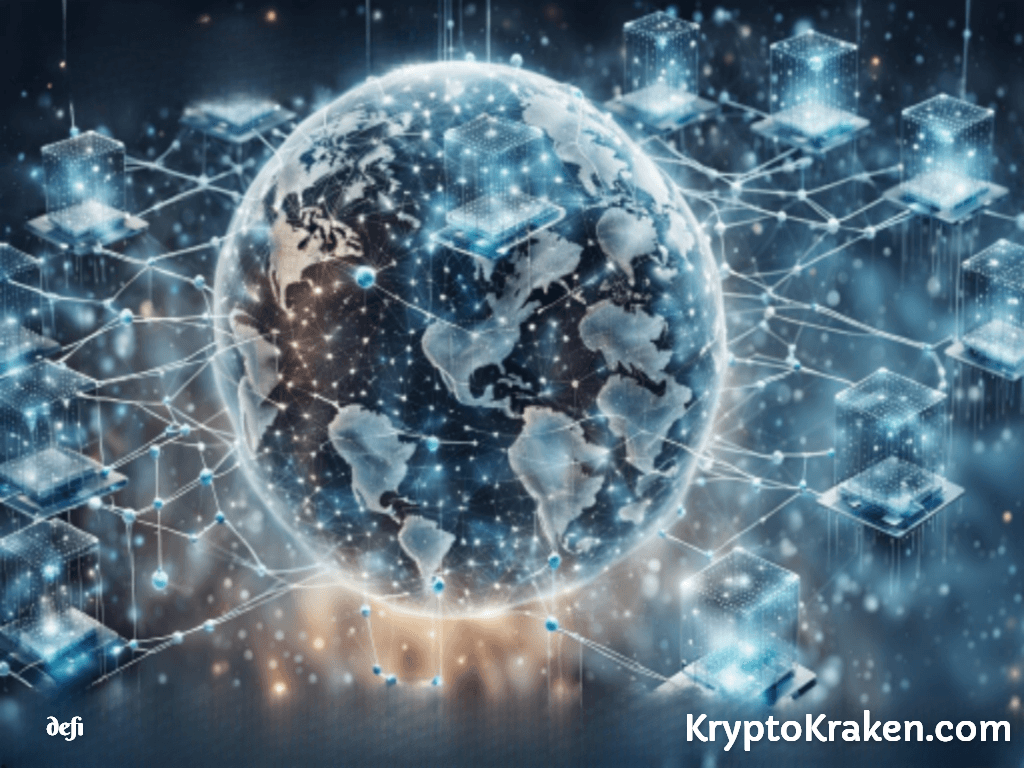


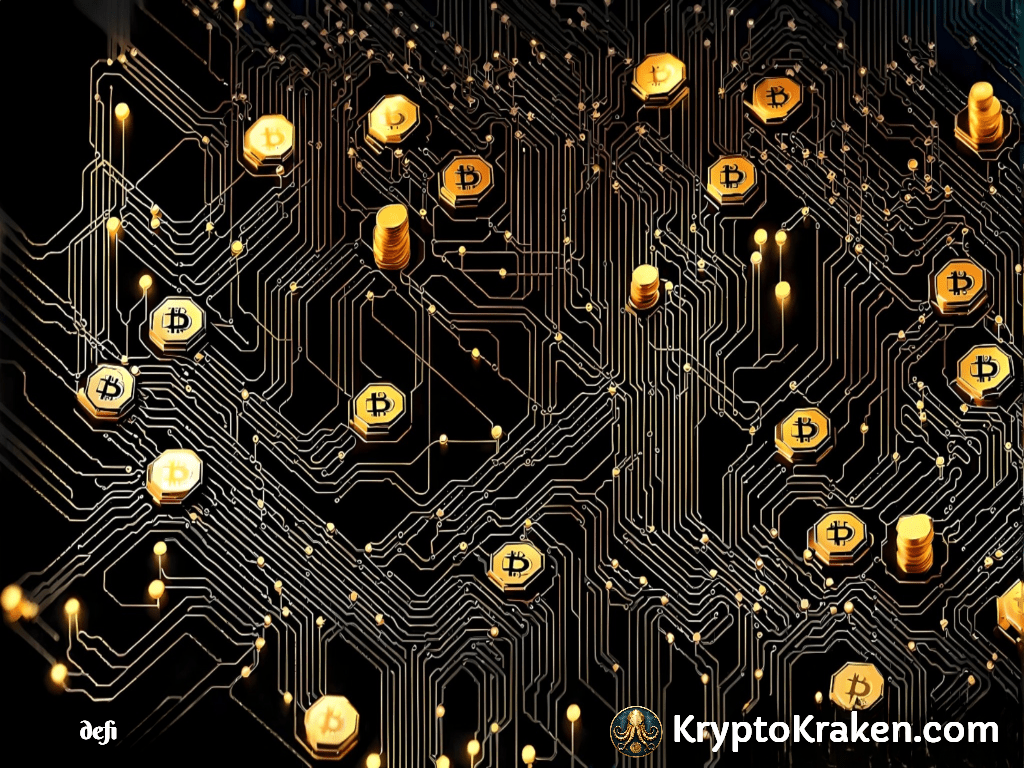

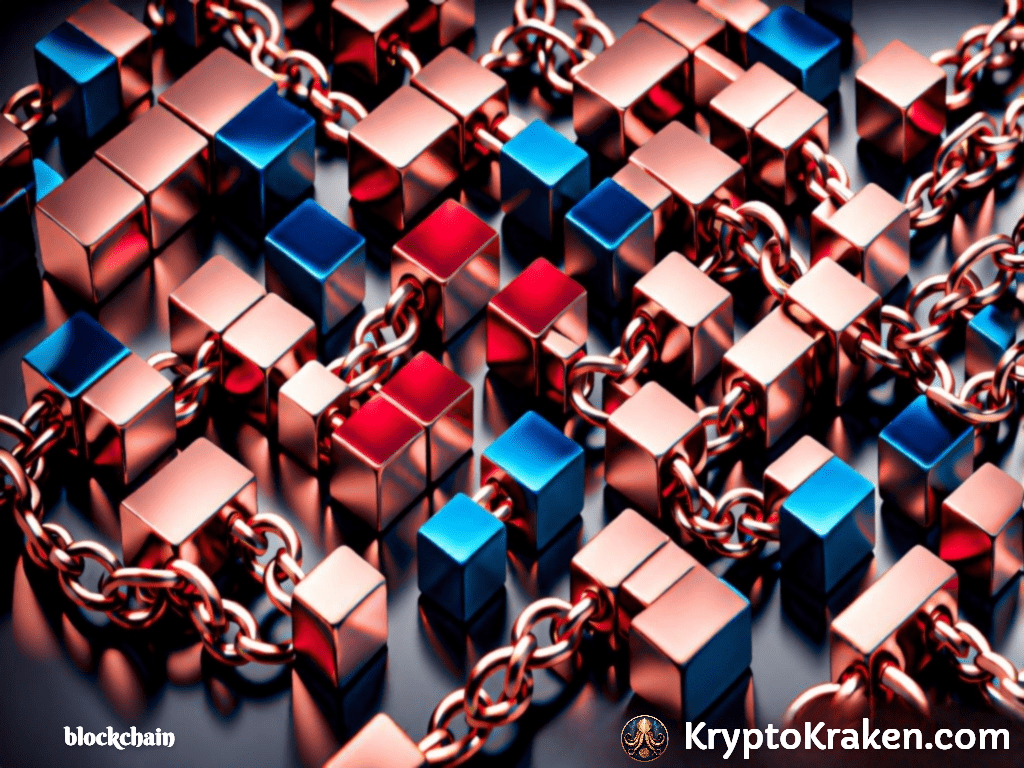



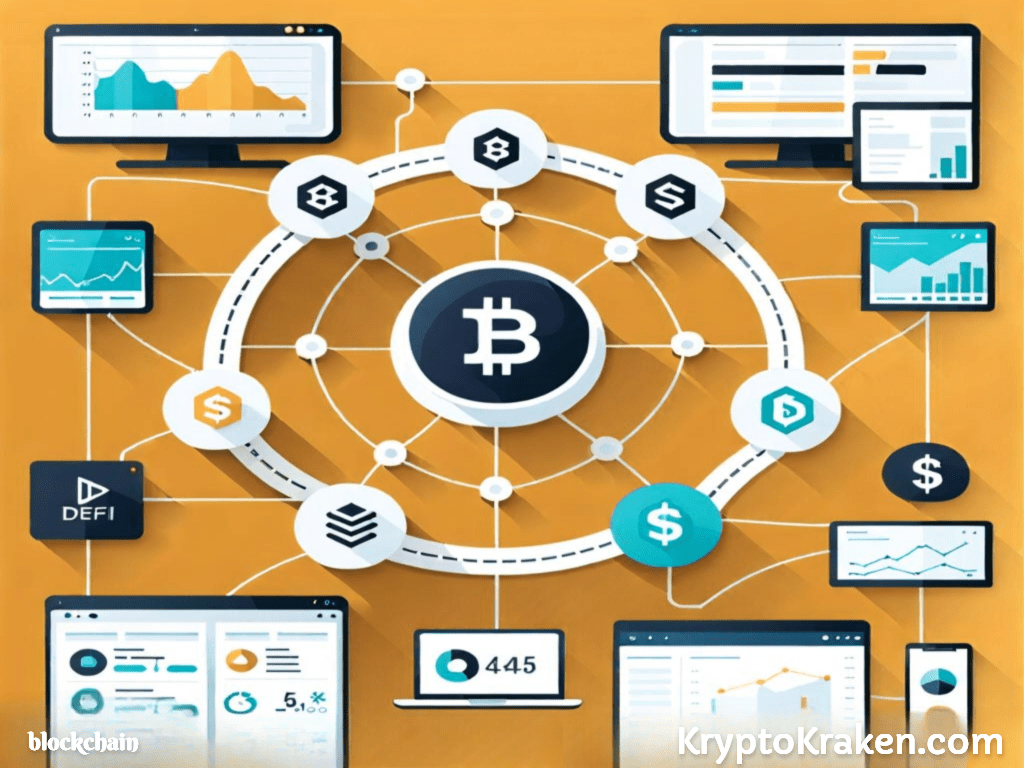
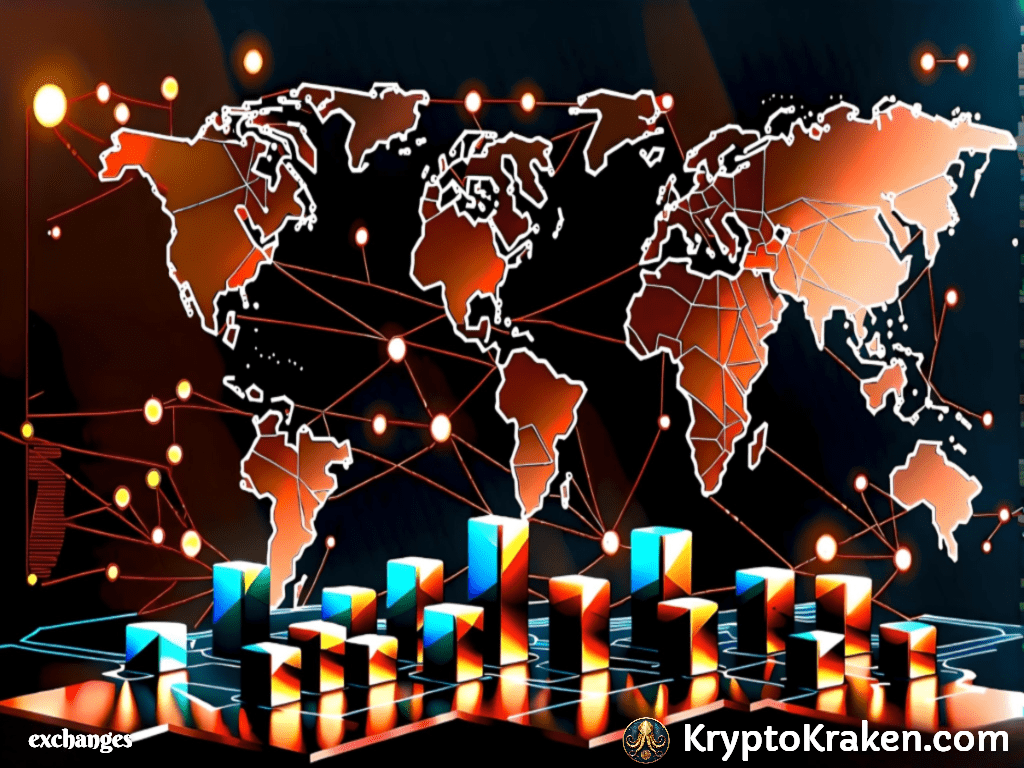
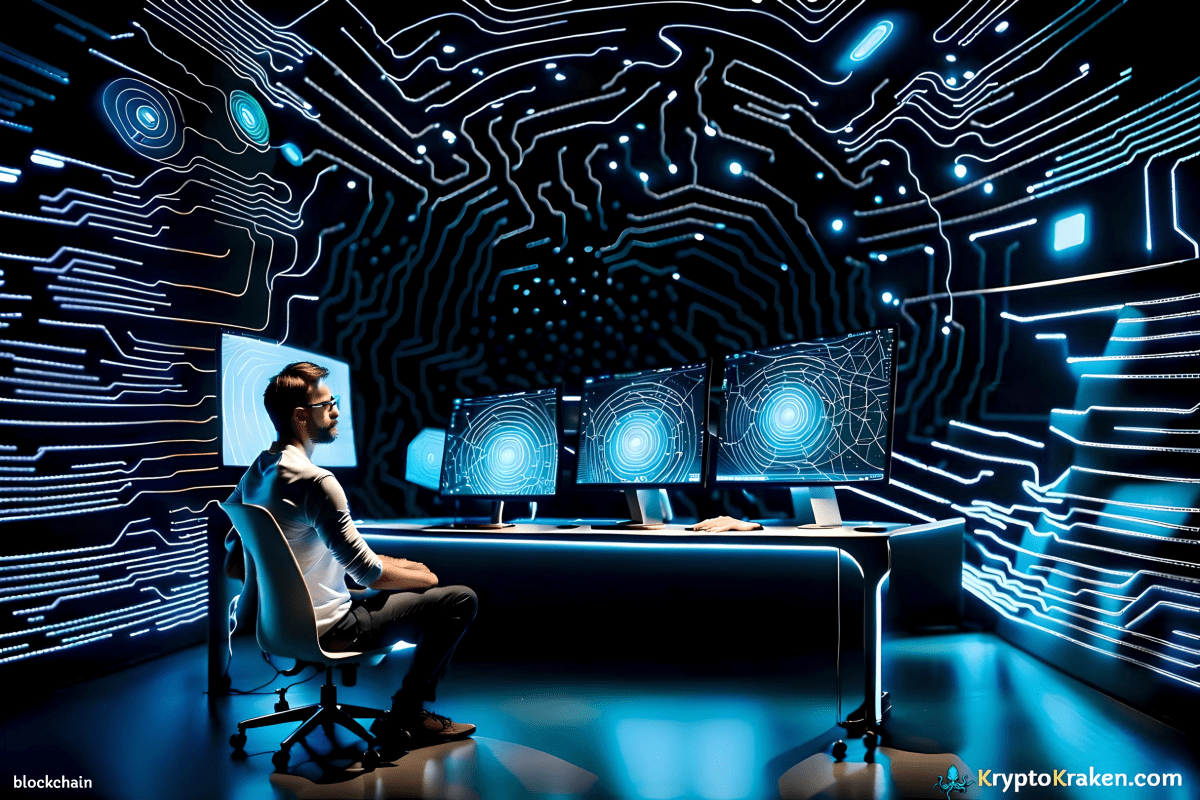
3 comments on “Web 3.0 and Artificial Intelligence: The Future of Tech”